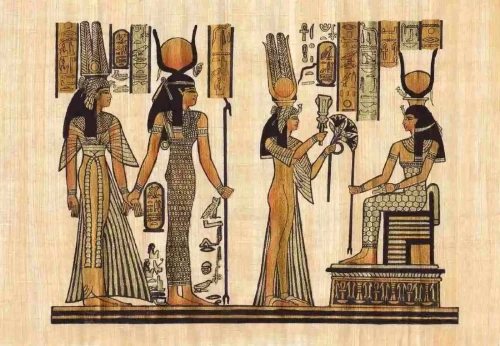
Dressing Like a Queen: Royal Ancient Egyptian Clothing Female
Royal ancient Egyptian clothing female speaks to the imaginaries of grand queens, mighty goddesses, and gaudy attire. Much more than being attired, ancient Egypt's richly placed women and their clothes reflected the embodiment of power, status, and divine contact. A story could be related to flowing linen garments worn by ancient Egyptian women to every royal headdress adorned. We go deep into the world of royal, ancient Egyptian female attire, considering unique styles, materials, and cultural significance. Whether it's the kalasiris dress or any other ceremonial attire from ancient Egypt, this guide takes one through time.
What Made Royal Ancient Egyptian Clothing Female Unique?
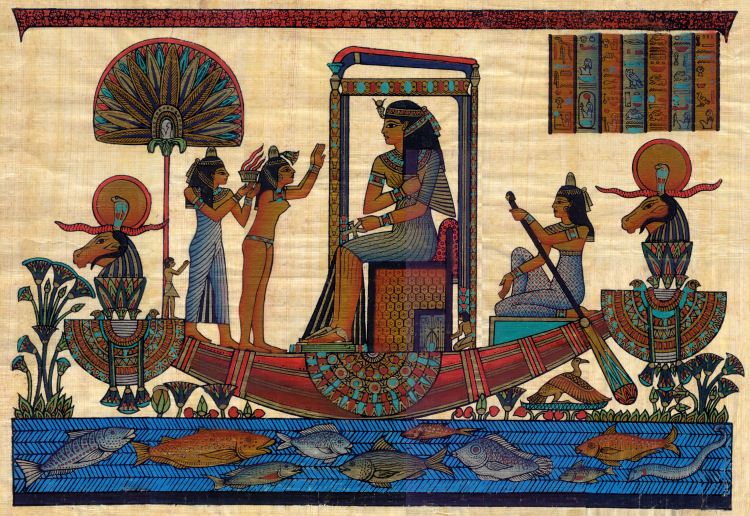
Materials: The Foundation of Authentic Ancient Egyptian Clothing
Linen was used as the material for ancient Egyptian royal clothing women. The linens were very light, breezy, and perfect to wear in hot Egypt. Often, rich ladies wore transparent Egyptian fabrics which nearly see-through to bring purity and symbolize their status of wealth. In addition, while commoners wore coarse linen, the fineries were accorded to the royalty, and sometimes robes threaded with gold.
In addition to linen, gold, precious stones, and intricate beadwork were often used to decorate royal clothing. For example, the clothes worn by Nefertari had some of the most complex patterns and symbols that indicated she was a queen.
The Kalasiris Dress: A Timeless Symbol of Elegance
What was the Kalasiris Dress?
In the old times, it was the kalasiris dress that came out to be the most characteristic for Egyptian ladies. Reaching the ankles, this form-fitting and often sleeveless dress fell full on the human body. For royalty, the kalasiris used the finest linens and were elaborately detailed with patterns, beads, and gold.
Moreover, the kalasiris carried with it an aspect of social rank and status; for example, rich Egyptian women usually added accessories like belts, sashes, or even decorative collars to their outfit of kalasiris. This was made out of gold, lapis lazuli, or turquoise and gave an added luxurious touch to the whole garment.
Symbolism in Colors and Decoration
Colors of royal ancient Egyptian clothing female were never chosen by accident in women's attire. White was a symbol of purity and divine power, so it was widely used in religious ceremonies. Bright colors- red, green, and blue- were achieved with natural dyes and conveyed the meanings of fertility, rebirth, and protection, respectively.
Gold accents, beaded collars, and ingenious embroideries further decorated royal garments. These were not merely decorative devices but served to symbolize the wearer's connections with the gods and to the eternal pattern of life.
Royal Headdresses and Wigs: Crowning Glory of Ancient Egyptian Fashion
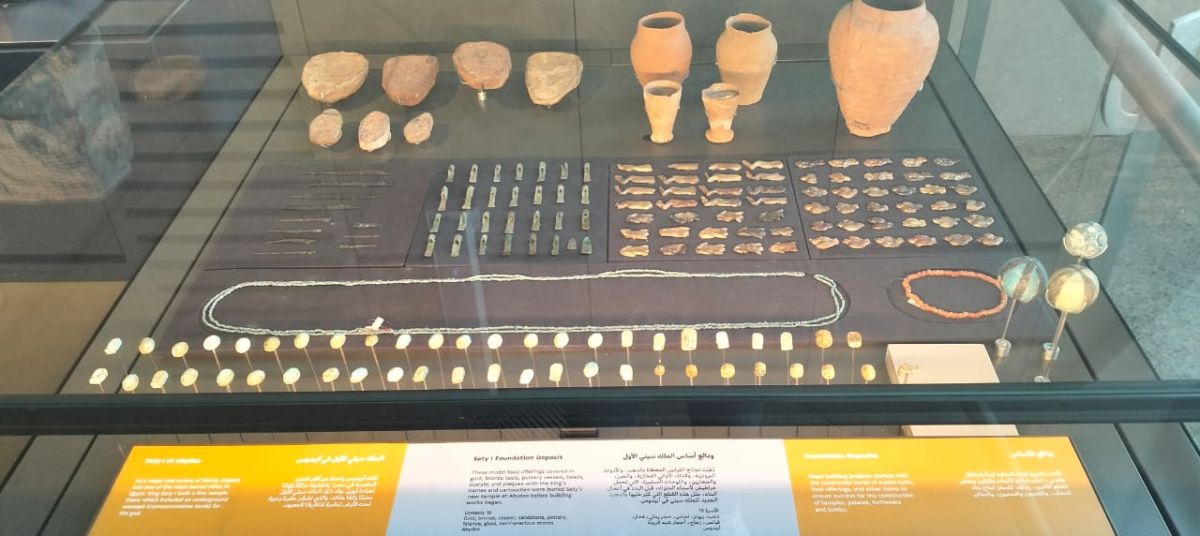
The Significance of Headdresses
No discussion of royal ancient Egyptian clothing female is complete without mentioning headdresses. Queens and goddesses alike wore elaborate royal headdresses that symbolized their divine status. For example, the name headdress, though generally associated with pharaohs, was also worn by female rulers such as Hatshepsut. These were made from striped cloth and adorned with gold and precious stones.
Wigs: A Symbol of Beauty and Power
Wigs were one of the major fashion trends in ancient Egypt. Wigs made for rich women were prepared with human hair or plant fibers, mostly styled by braiding, curling, or with beads. The wig served not only to protect their heads from the sun but also as a status symbol. The larger and more elaborate the wig, the higher the wearer's social standing.
Jewelry and Accessories: The Finishing Touches
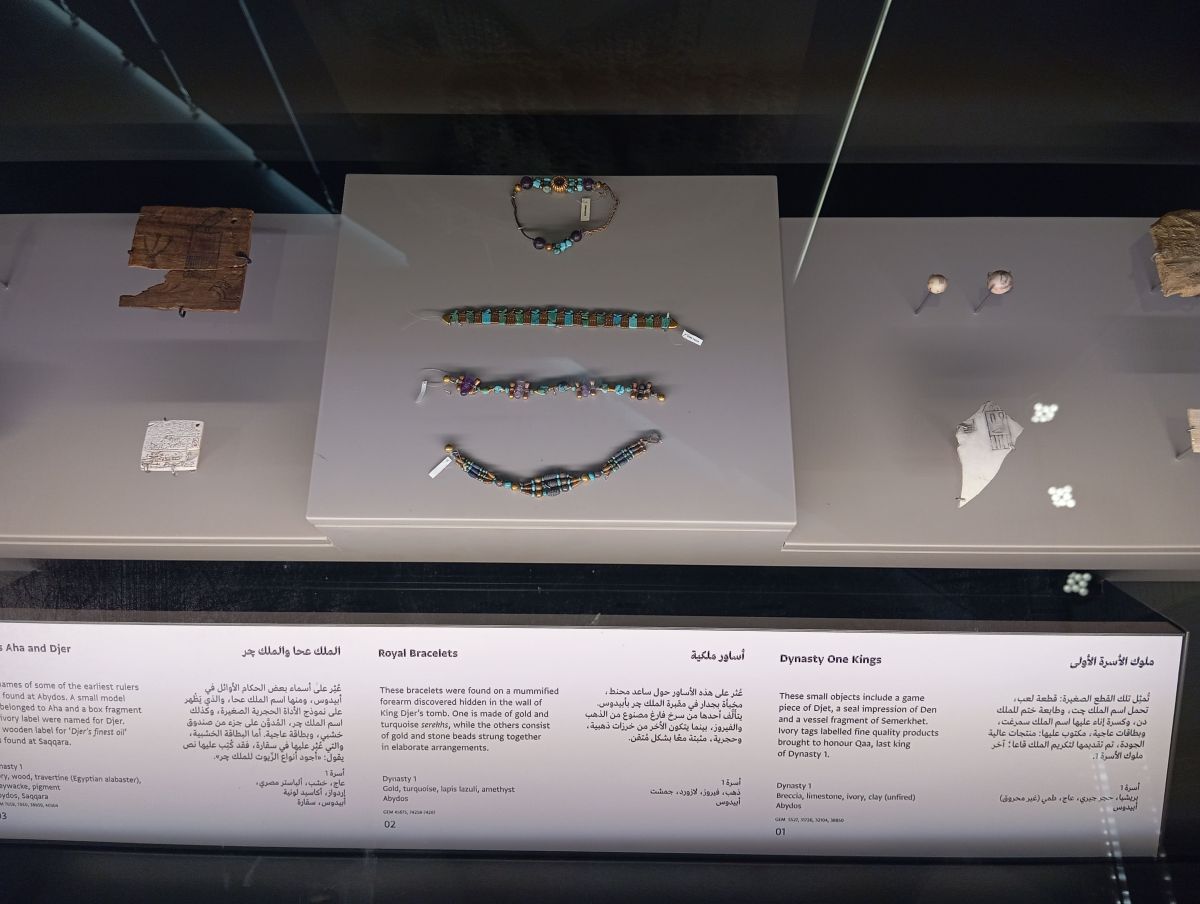
The Role of Jewelry in Royal Attire
Jewelry was a very important component of the royal ancient Egyptian clothing female. Rich Egyptian women used to decorate themselves with necklaces, bracelets, earrings, and anklets made from gold, silver, and precious stones. For instance, ancient Egyptian jewelry often included amulets and charms for spiritual protection.
Headdresses and Crowns
Headdresses and crowns were key components of the female royal display. The nemes headdress, so traditionally associated with the pharaohs, was worn on occasion by female rulers, reflecting their status as equal rulers. Queens also wore gold diadems adorned with the uraeus, a cobra emblem that symbolized divine protection.
Footwear: Walking in Style
Sandals of Egyptian Royalty
While commoners often went barefoot, wealthy Egyptian women wore the sandals of Egyptian royalty. Made from leather or papyrus, these were decorated with gold and jewels. Some sandals even featured inscriptions or symbols that conveyed the wearer's status.
Makeup and Body Adornments
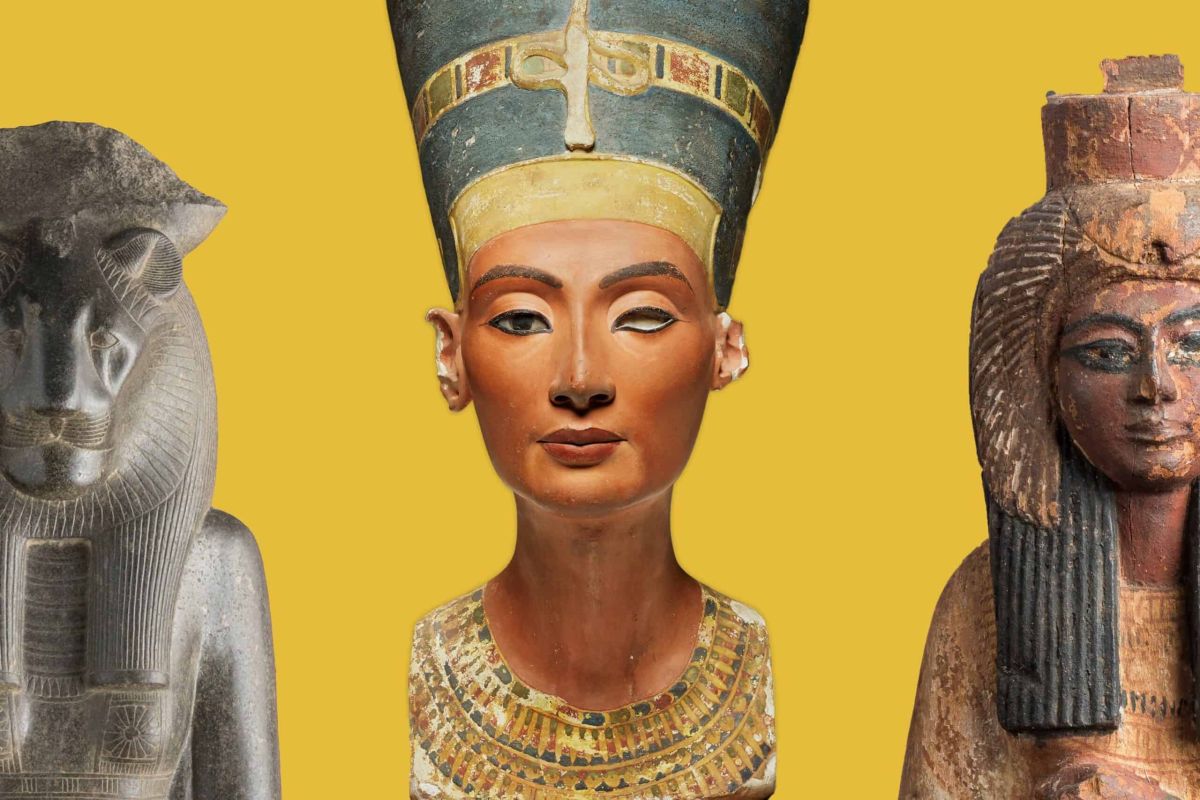
Beauty played a significant role in the royal ancient Egyptian clothing female traditions. Cosmetics were not only tools used to enhance appearance but also served spiritual and protective purposes.
Kohl and Cosmetics
Makeup was an integral part of the royal ancient Egyptian clothing female. Rich women lined their eyes with kohl, not only for their beautiful appearance but also for spiritual protection. They would believe that kohl may keep evil spirits away and also protect the vision.
Henna and Temporary Body Art
Henna was used to make intricate designs on the skin, especially during festivals and religious ceremonies. These temporary tattoos added an extra layer of beauty to the festival attire in ancient Egypt.
Colors and Their Meanings in Royal Clothing
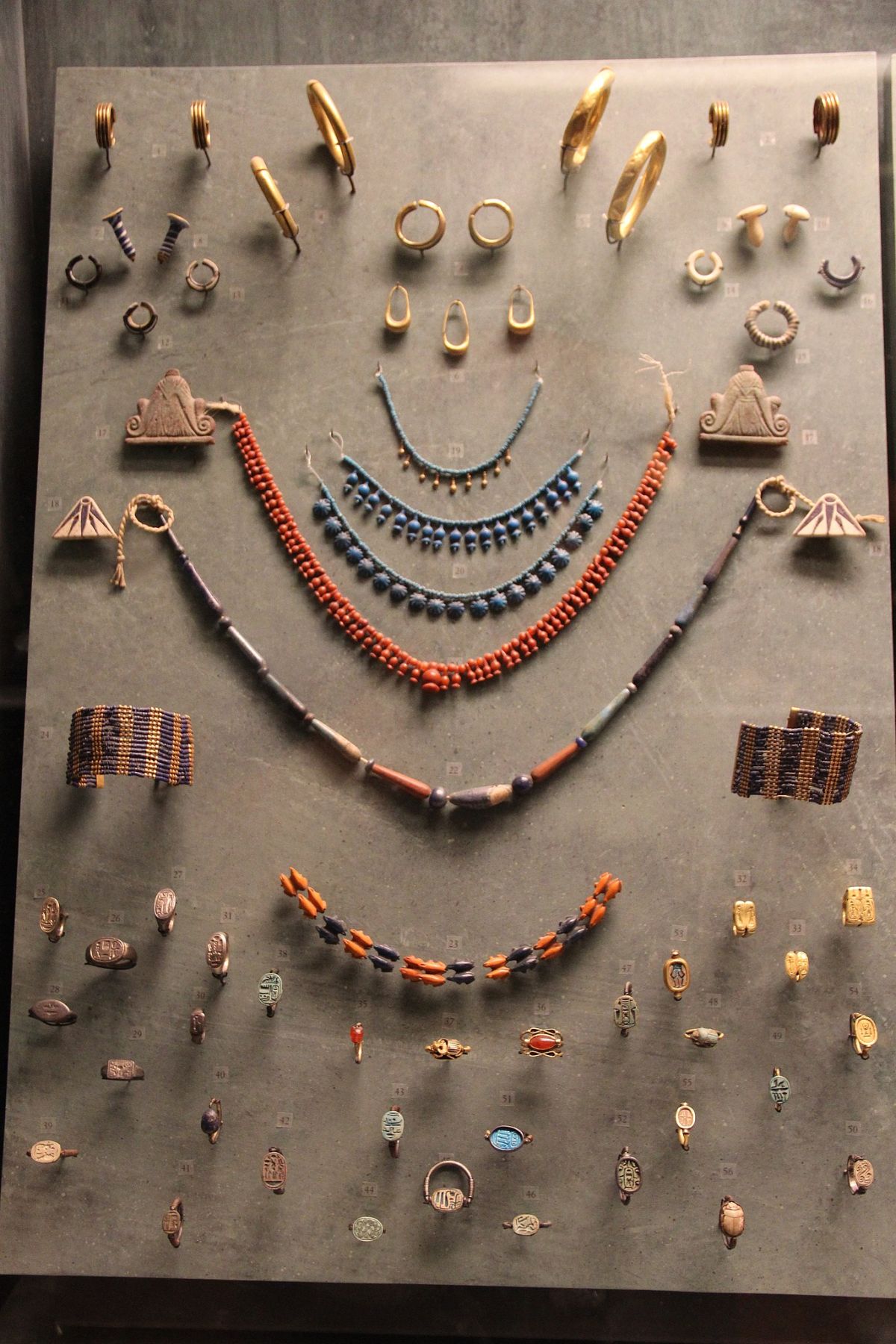
The Importance of White
White was the most dominant color in the ancient Egyptian royal woman's attire. It symbolized purity, simplicity, and divinity. However, royal women also wore brightly colored clothes such as blue, red, and yellow obtained from natural dyes.
Symbolism in Egyptian Clothing
Not every color or pattern was randomly used in ancient Egyptian fashion; there was meaning to every hue and design. For example, blue represented the Nile and the heavens, while red represented life and victory. These colors were often depicted on their ceremonial attires.
The Evolution of Royal Clothing Through the Ages
Old Kingdom Clothing Styles
In the Old Kingdom, it was relatively simple. Ladies wore no-frills linen dresses with very little decoration. However, their royal attire slowly began to gain complexity with the rise of Egypt's prosperity.
New Kingdom Fashion: A Golden Age
The best point in Ancient Egyptian fashion was the New Kingdom. The royal women had very complicated clothes, intricate jewelry, and an ornamented headgear system. During this time, the female pharaoh attire started to rise when rulers such as Hatshepsut and Cleopatra set a new code of dressing for royalty.
The Cultural Significance of Royal Clothing
Clothing as a Symbol of Power
Royal ancient Egyptian clothing female was more than just attire; it was a symbol of power and divine connection. Queens and goddesses used their clothing to communicate their authority and closeness to the gods.
Preserved Royal Garments: A Window into the Past
Thanks to the dry climate of Egypt, many preserved royal garments have been discovered in tombs. These artifacts provide valuable insights into the clothing of Nefertari, Cleopatra, and other iconic figures.
Which Female Pharaoh Dressed Like a Man? The Story of Hatshepsut
Hatshepsut, one of the most celebrated female pharaohs in Egypt, would wear men's clothes to display her power. She also wore some of the following:
- The Nemes Headdress: A striped headcloth traditionally worn by male pharaohs.
- The Shendyt: A kind of pleated kilt usually worn by men.
- False Beard: A symbol of kingship, usually worn by male rulers.
Hatshepsut articulated her legitimacy as a pharaoh within the patriarchy through the act of donning men's clothes.
The Traditional Clothing for Ancient Egyptian Women
Traditional attire for ancient Egyptian women, especially those of higher status in society, was elegant and full of symbolism. The main elements of their outfit included:
- Kalasiris: A tight-fitting, long dress usually made of linen, often pleated or embroidered.
- Sheer Overlay: A see-through linen layer that was worn above the kalasiris to add grace.
- Broad Collars: These were designed in gold and beads and were an essential part of every royal and noble outfit.
It showed their position, wealth, and relation to gods.
How Ancient Egyptian Fashion Reflected Social Status
The richest women, and particularly the royal women, wore only the finest linen, often so fine that it was almost transparent. Sometimes dyed in vivid colors, white was also a very popular color because it symbolized purity.
The most striking features of difference lay in ornamentation: for royal women, clothes were embellished with beading, embroidery, and precious stones. Gold, in particular, was used to make elaborate collars, bracelets, and other adornments. These added to the splendor of the royal dress but also conveyed a sense of wealth, power, and divine connection.
The kalasiris dresses of women of lower classes were simple and of coarse linen. There was hardly any ornamentation. Most of their dress sense was targeted at being functional to perform practical everyday tasks.
- Royalty and Nobility: Garbed with fine linen, Gold, and other sophisticated headdresses.
- Middle Class: Wearing less fancy Linen, with minimal ornamentation.
- Lower Class: Wearing coarse Linen or Wool, with a few instances to have any Jewellery and accessories.
What Did Egyptian Goddesses Wear on Their Heads?
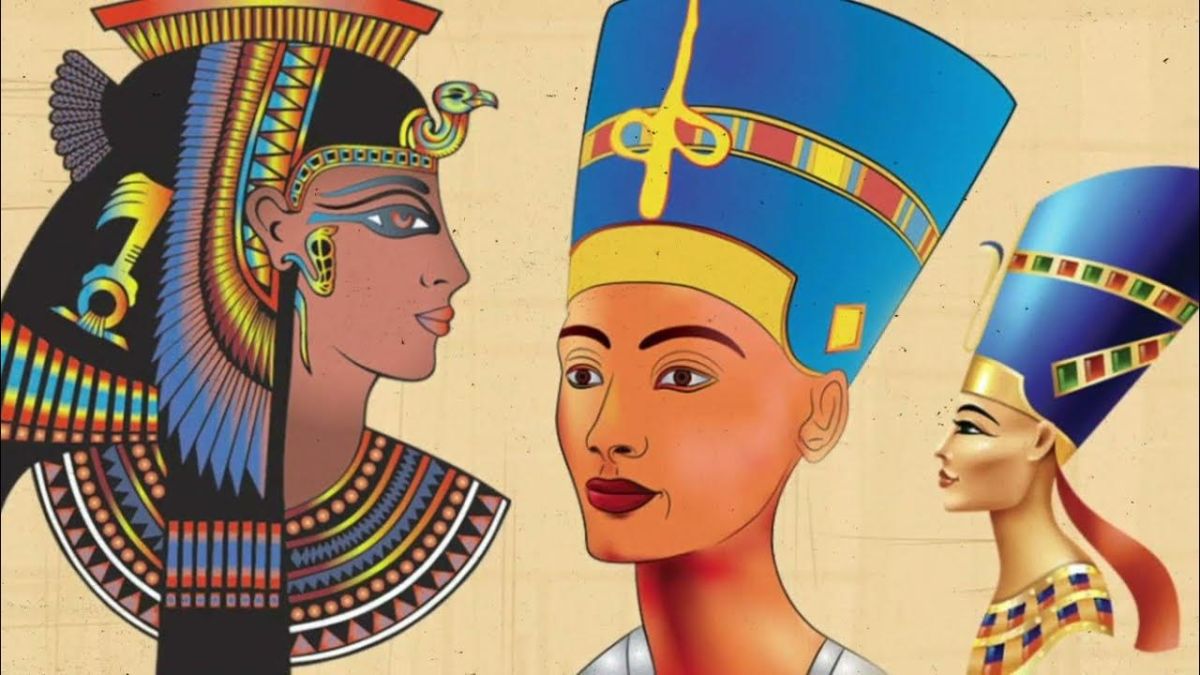
Headdresses were an essential part of the royal ancient Egyptian clothing female, often filled with symbolic meaning and borrowing from the attire of goddesses.
Several goddesses were depicted with characteristic headdresses that later influenced royal fashion:
- Hathor: She was often depicted with cow horns and a sun disk, symbolizing motherhood, fertility, and divine motherhood. Elements of this headdress, especially the horns, sometimes appeared in royal crowns or adornments.
- Mut: Great mother goddess, normally with a vulture headdress, symbolizes protection and motherhood. The motif of the vulture was also widely used on the headgears of royalty.
- Isis: She was associated with magic, motherhood, and protection. Isis is shown carrying the throne hieroglyph on her head. Her headdress may also include the sun disk or cow horns.
- Nekhbet: The vulture goddess wore a headdress in the shape of a vulture, symbolizing protection and maternal care.
These headdresses were not just decorative—they conveyed power, divinity, and the goddess’s connection to the natural and spiritual worlds.
Modern Egyptian Fashion Inspired by Ancient Designs
While the exquisite garments of ancient Egyptian queens are mainly seen in museums and archaeological sites, their influence continues to inspire contemporary fashion. Modern Egyptian designers and artisans look back to the rich heritage of pharaonic clothes, incorporating iconic motifs, fabrics, and styles into modern pieces that enable people to connect with the grandeur and elegance of ancient Egypt in a very tangible way.
You can find the echoes of ancient Egyptian fashion in very many forms today. Flowing galabiyas, reminiscent of the ancient kalasiris, are still a common sight in Egypt. Scarab, ankh, and the Eye of Horus jewelry are still popular, offering a symbolic connection to ancient beliefs. Besides, most designers today create textile designs with the use of ancient Egyptian patterns and motifs, making the clothes and accessories a blend of ancient inspiration with modern aesthetics. Starting from local markets such as Khan el-Khalili in Cairo to the most expensive boutiques, one will be able to find pieces evoking the splendor of royal ancient Egyptian clothing females to carry with them a piece of fascinating history. This continued influence speaks volumes for the timelessness of the style of ancient Egypt.
Conclusion
The world of royal ancient Egyptian clothing female is an interesting combination of beauty, power, and spirituality. From the elegant kalasiris dress to the opulent jewelry of ancient Egypt, every constituent of the royal attire was designed with a purpose to show the status and divine connection of the wearer. Understanding the intricacies of ancient Egyptian fashion allows us to appreciate the rich cultural heritage of this ancient civilization.
If you’re fascinated by royal ancient Egyptian clothing female, why not explore it further? Visit our website to learn more about ancient Egyptian fashion or book a tour to see these incredible artifacts up close!
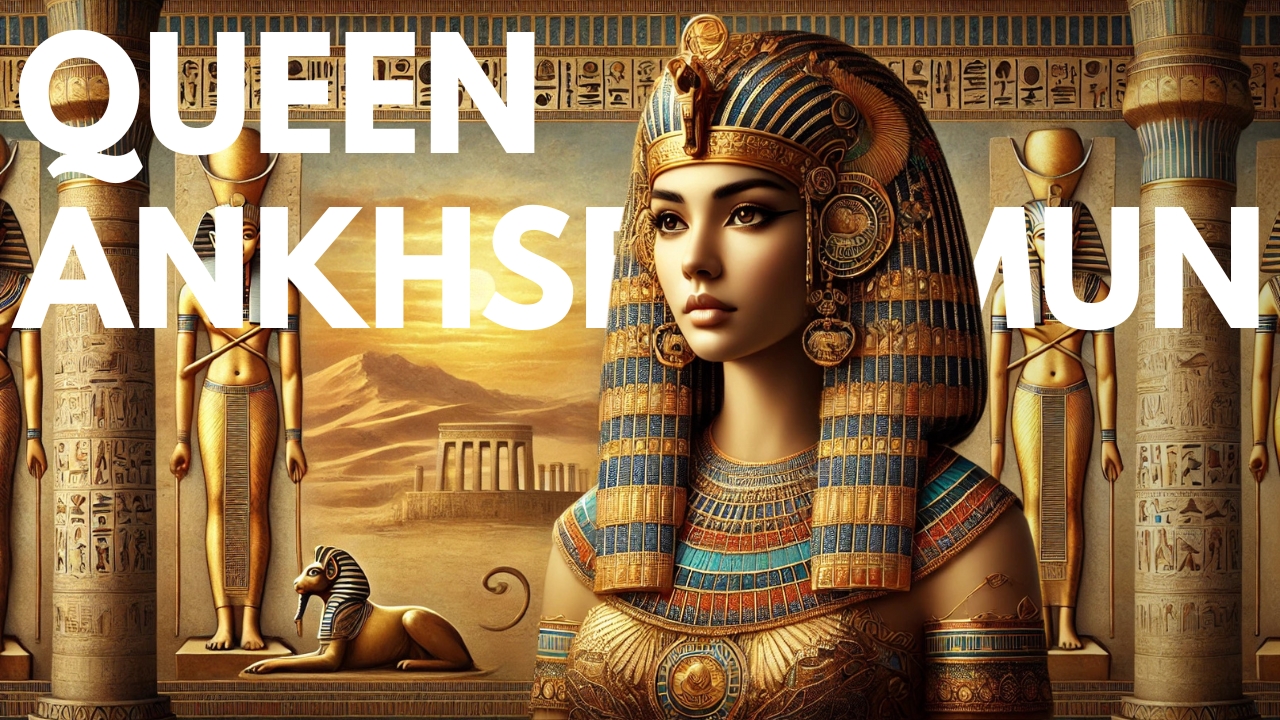
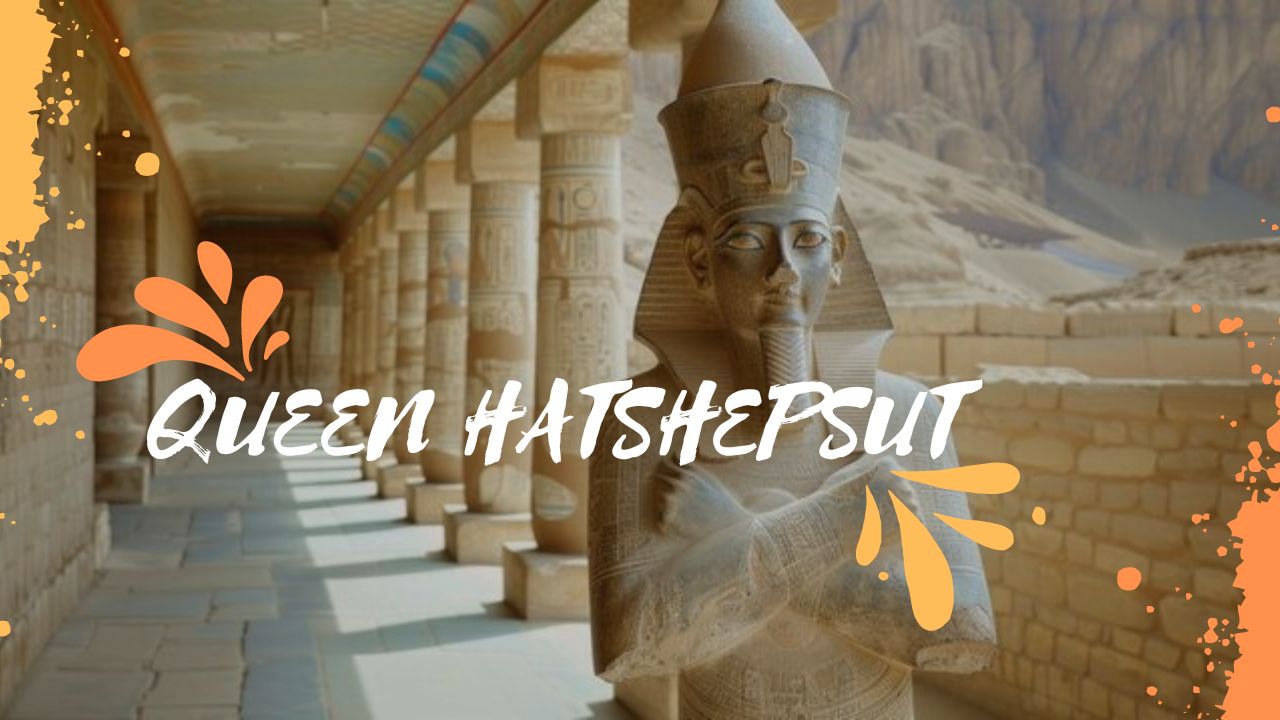
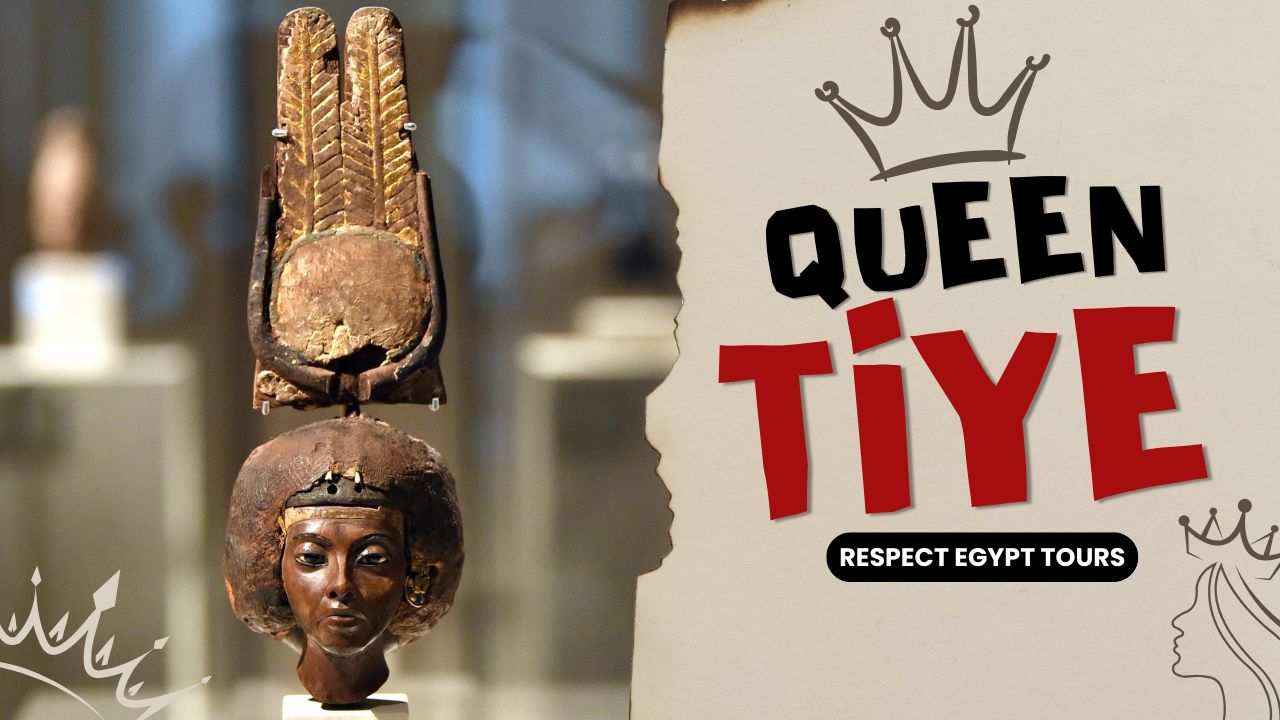




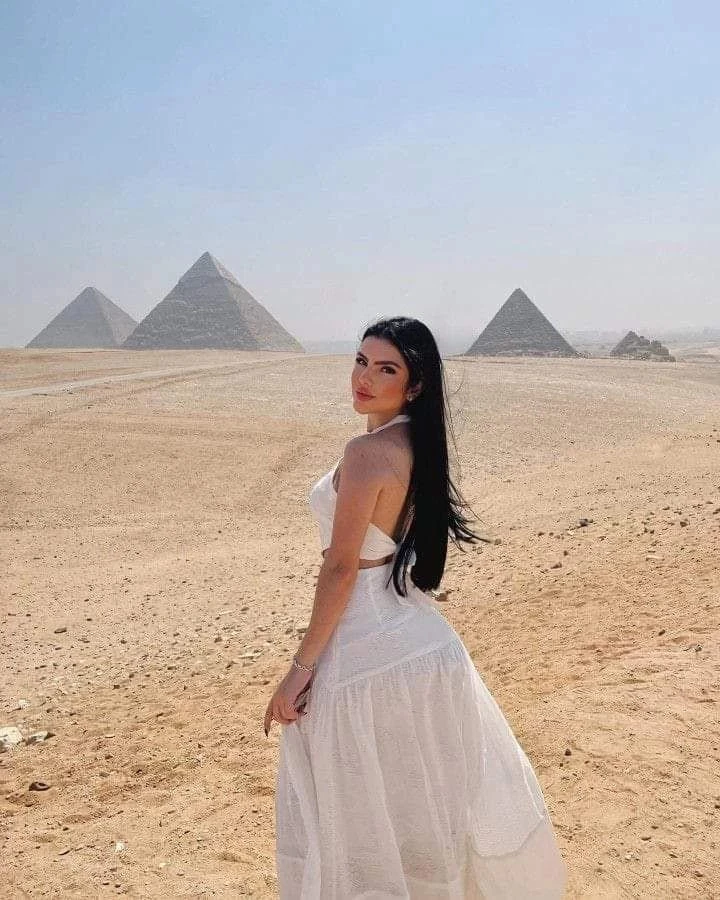
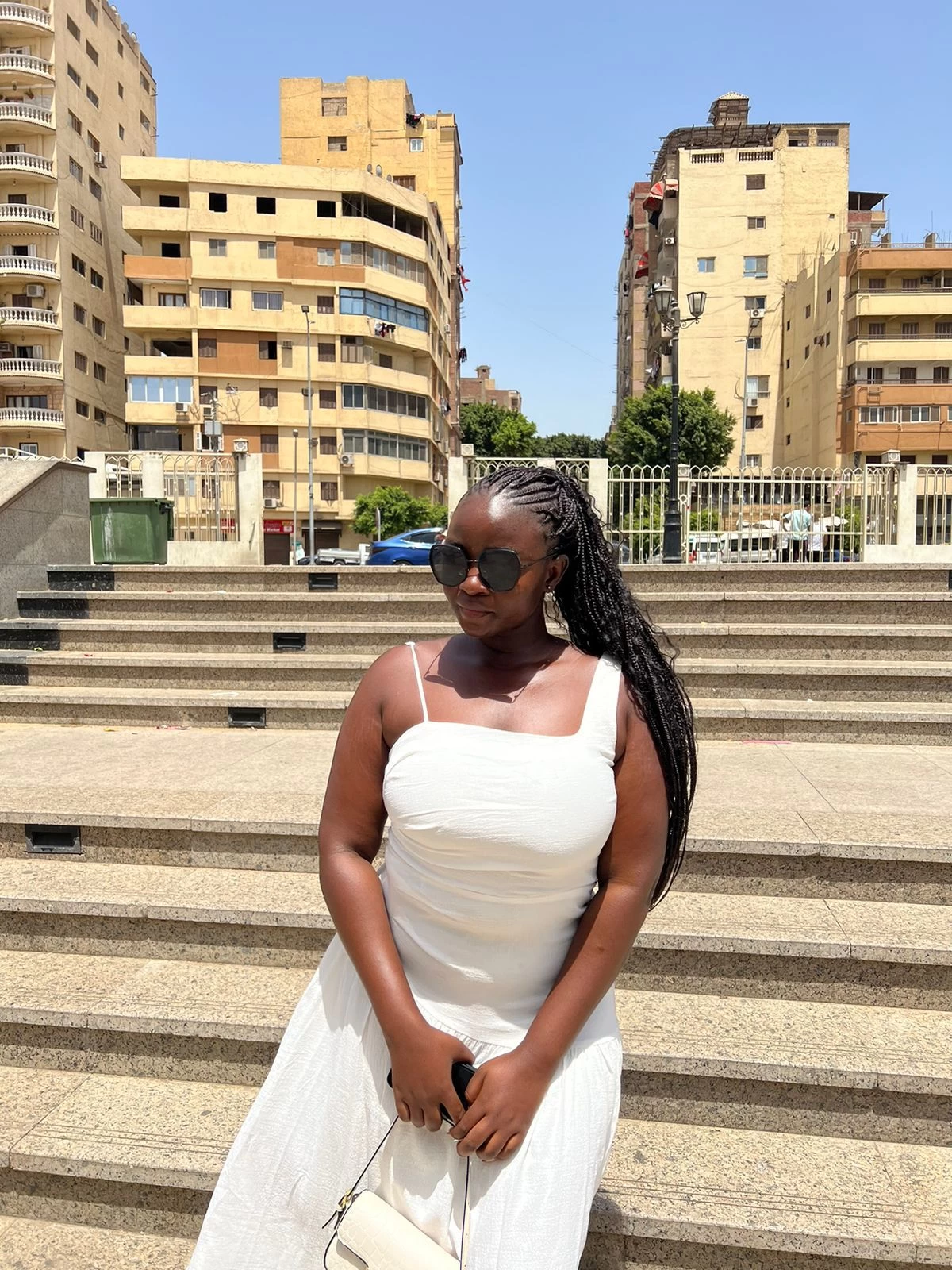
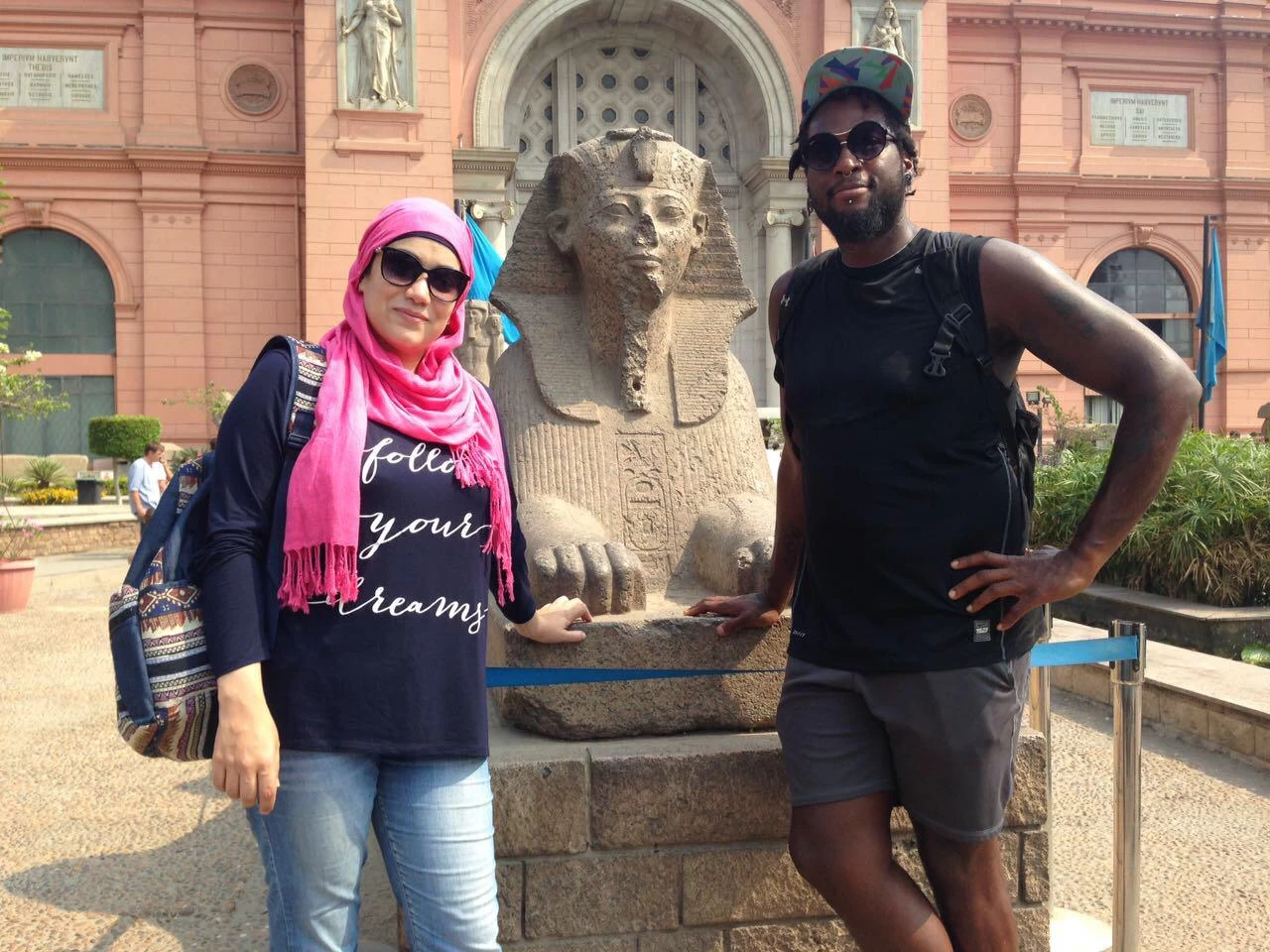
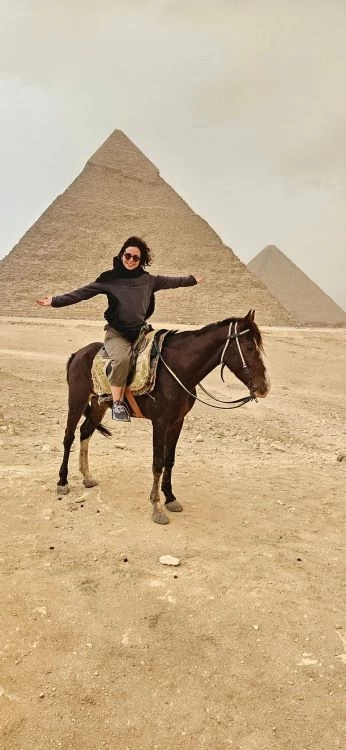

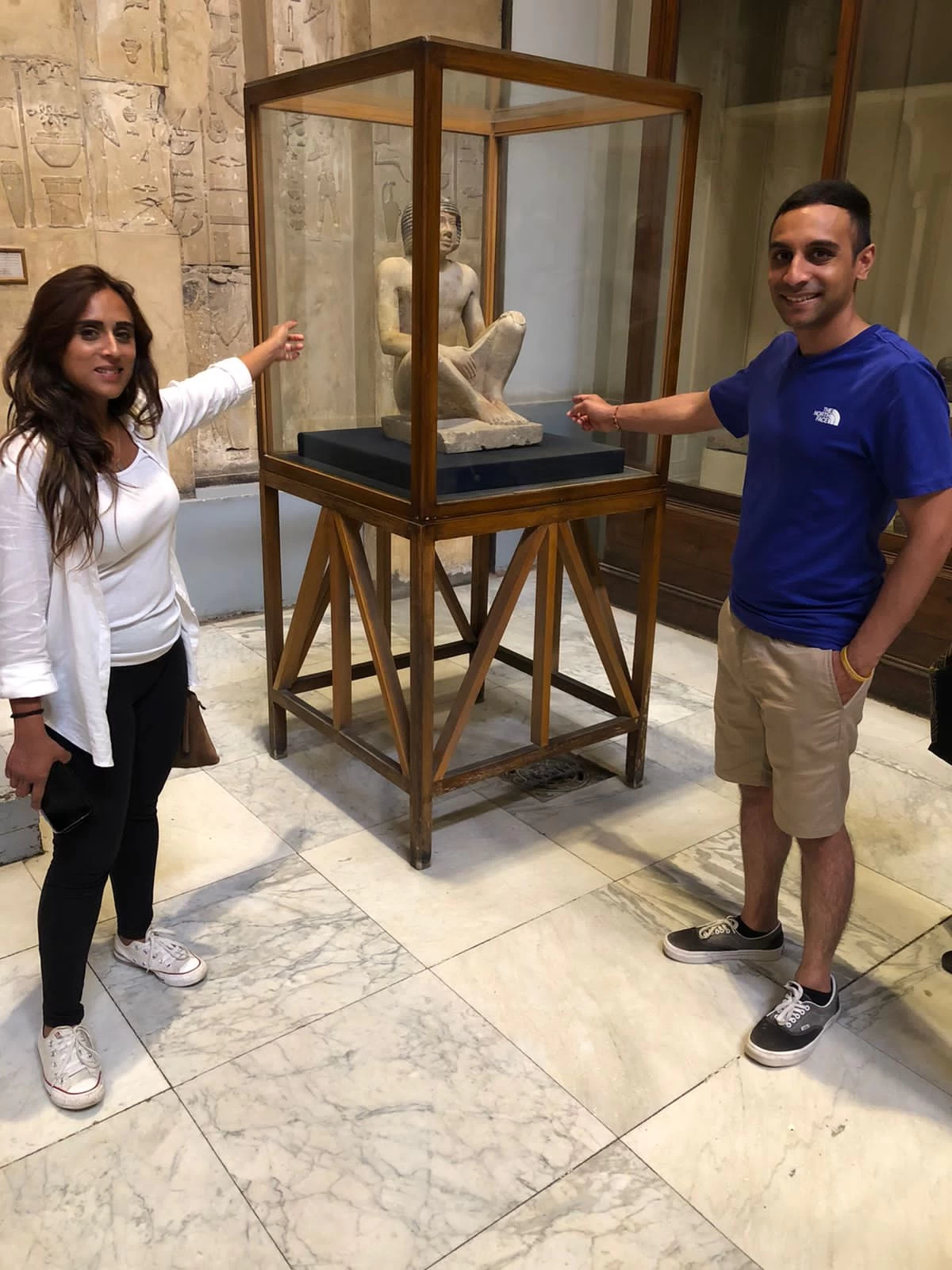
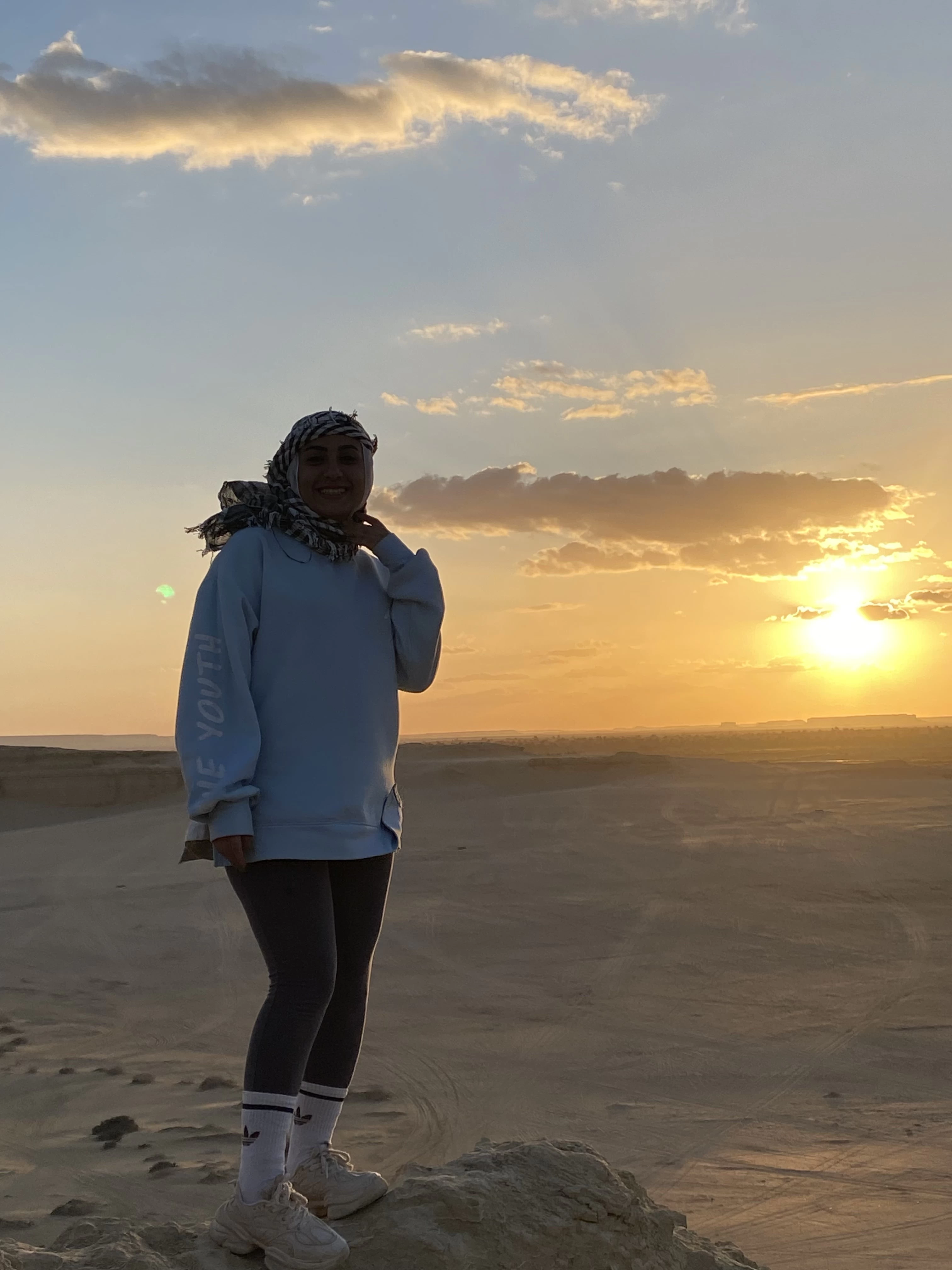
-webp.webp)

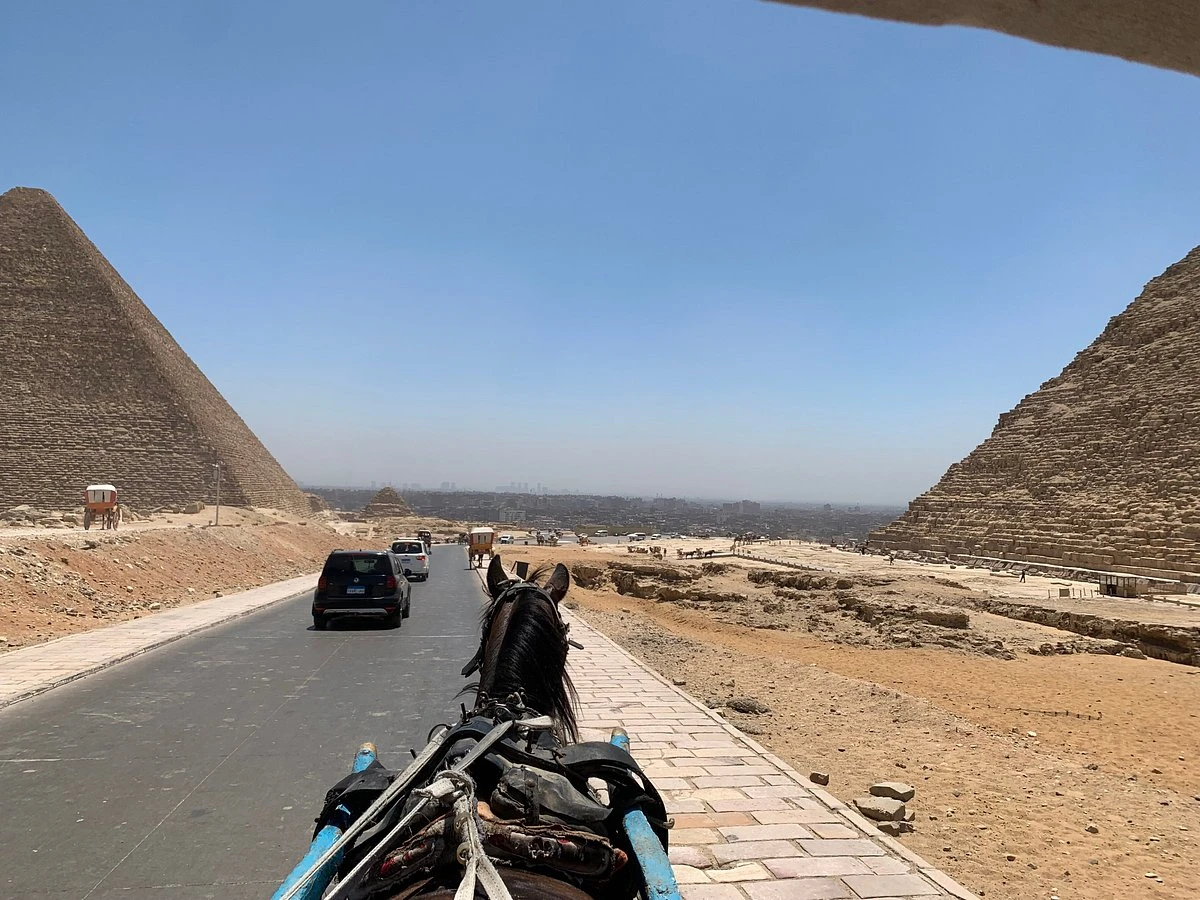
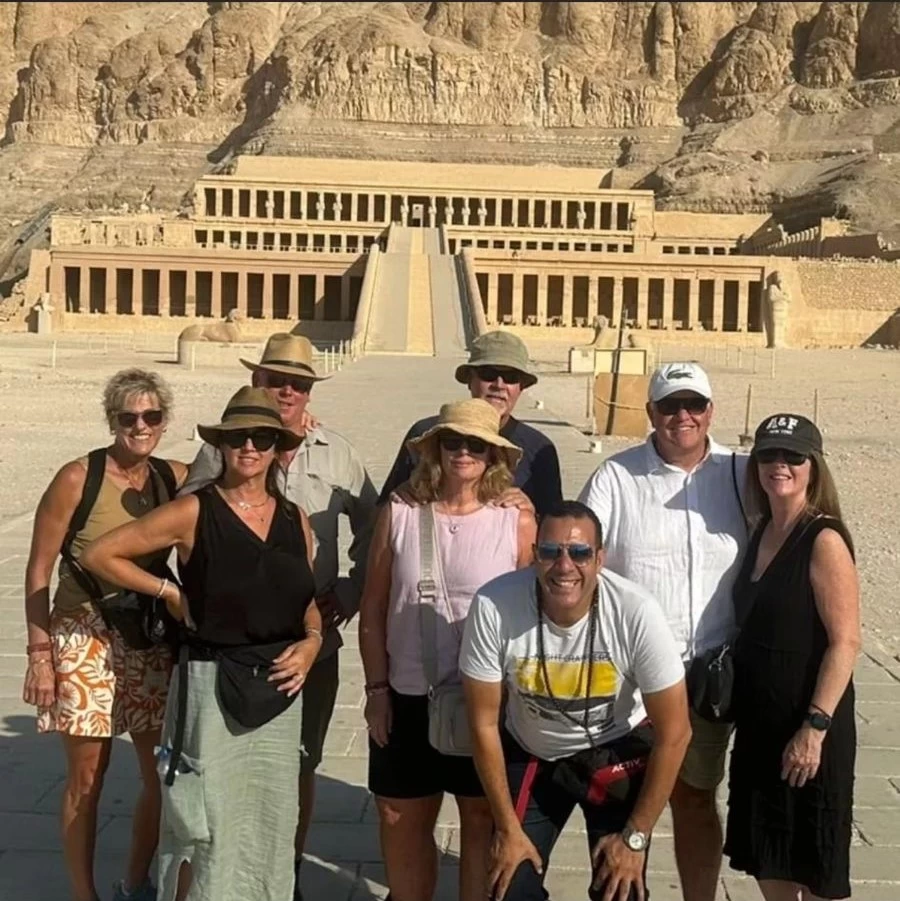
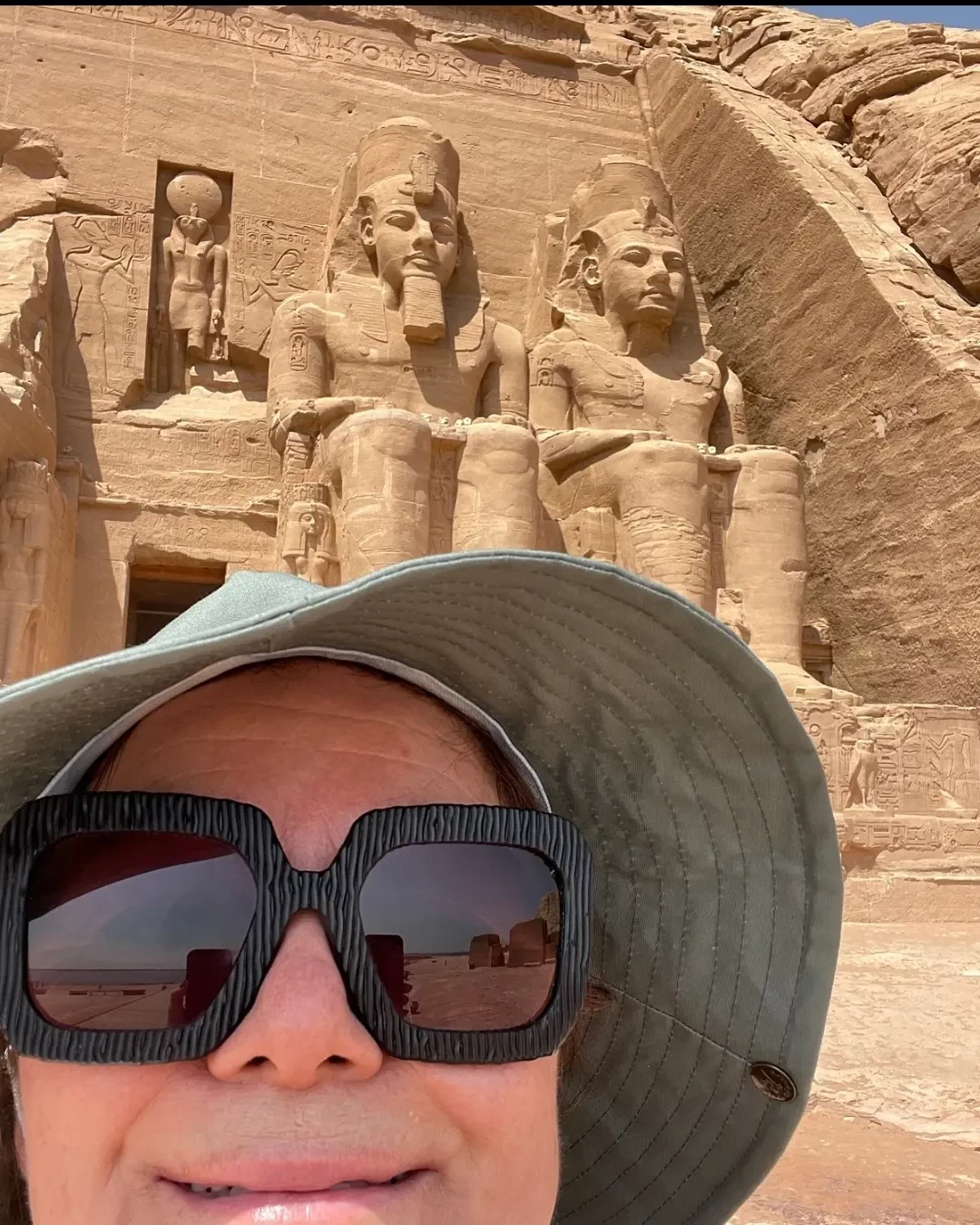
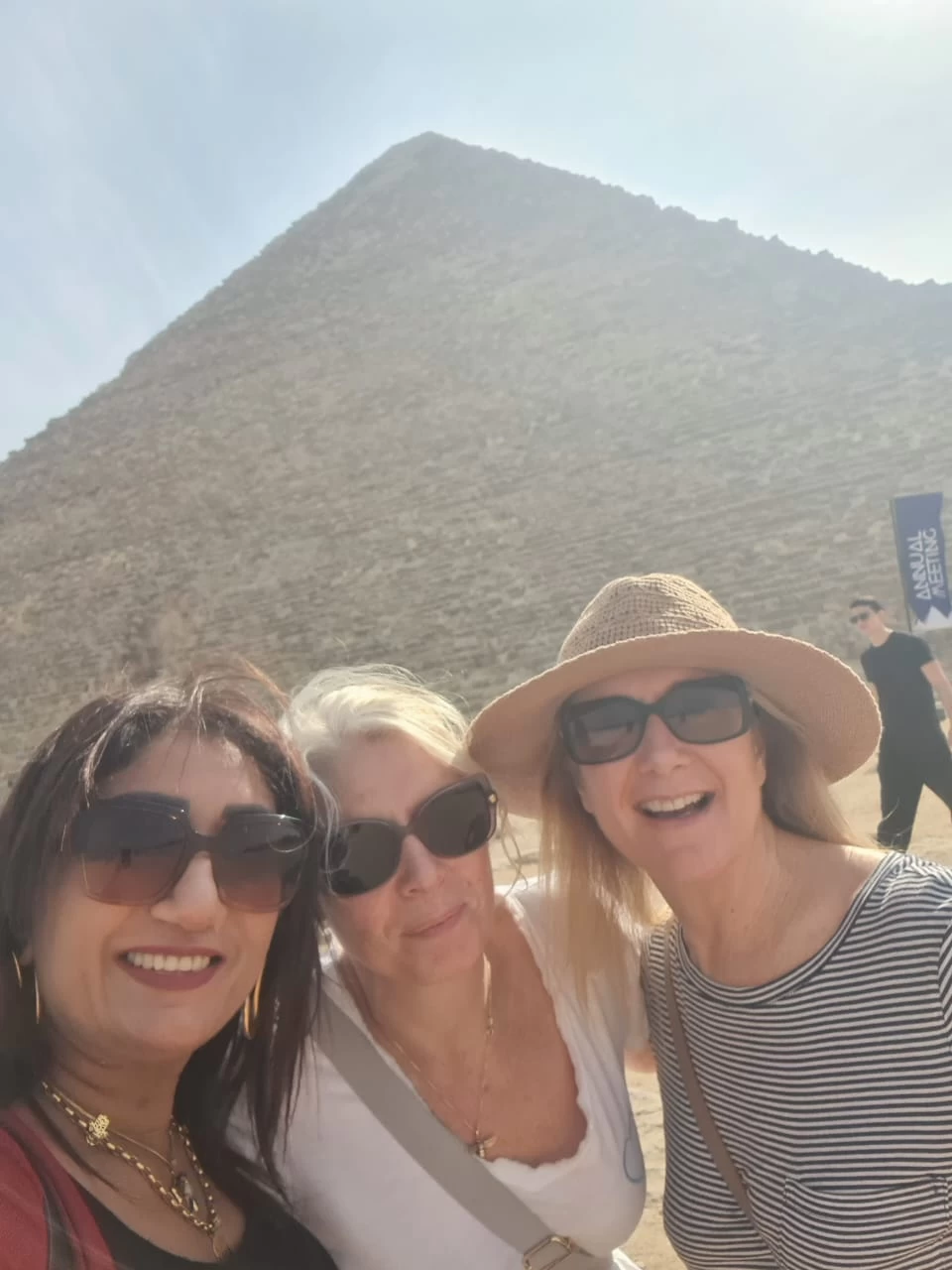
-webp.webp)

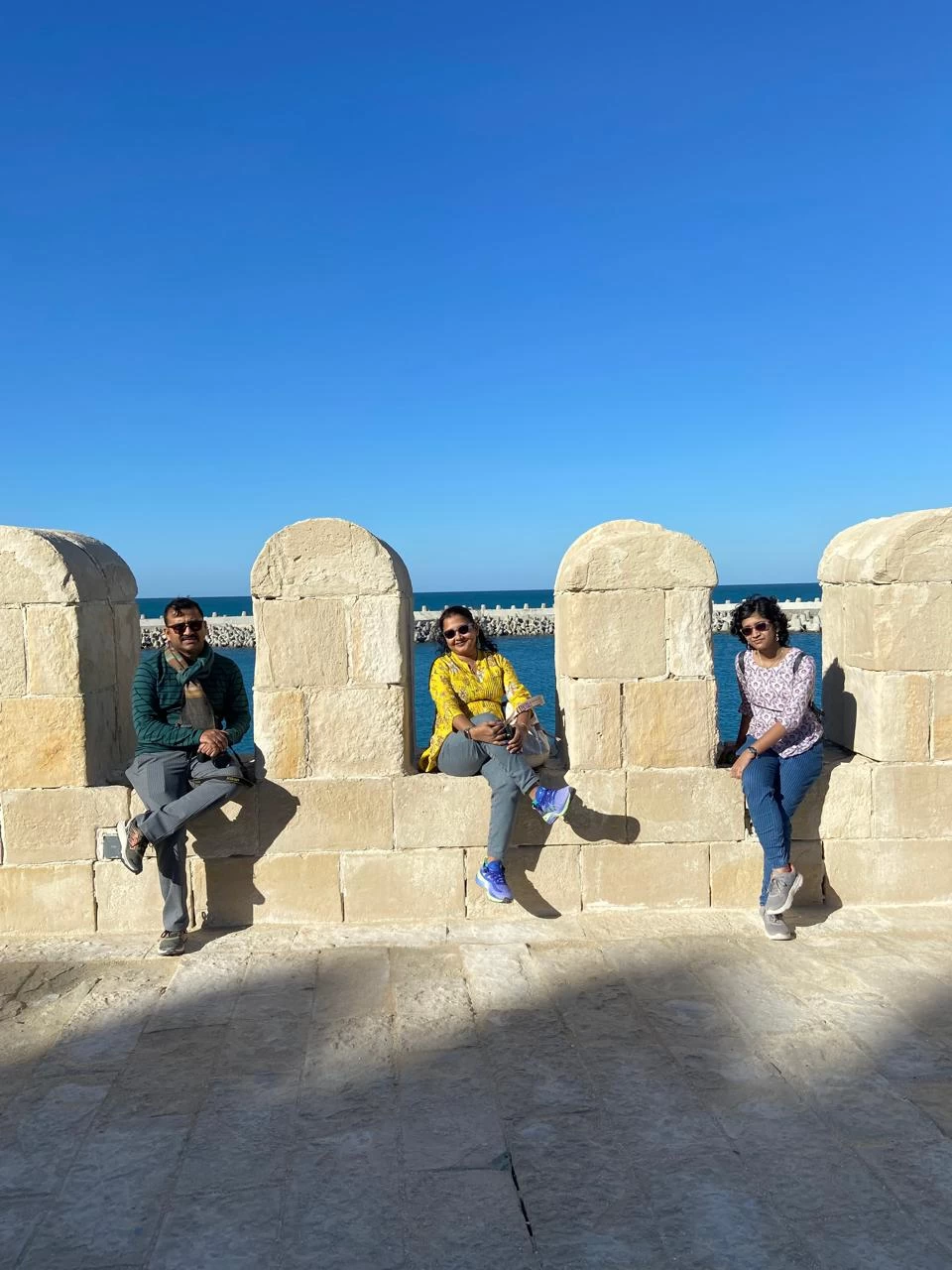
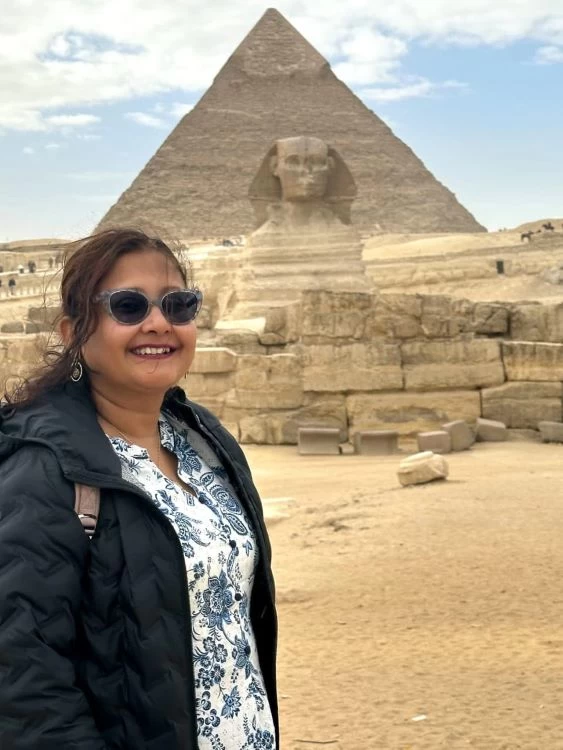
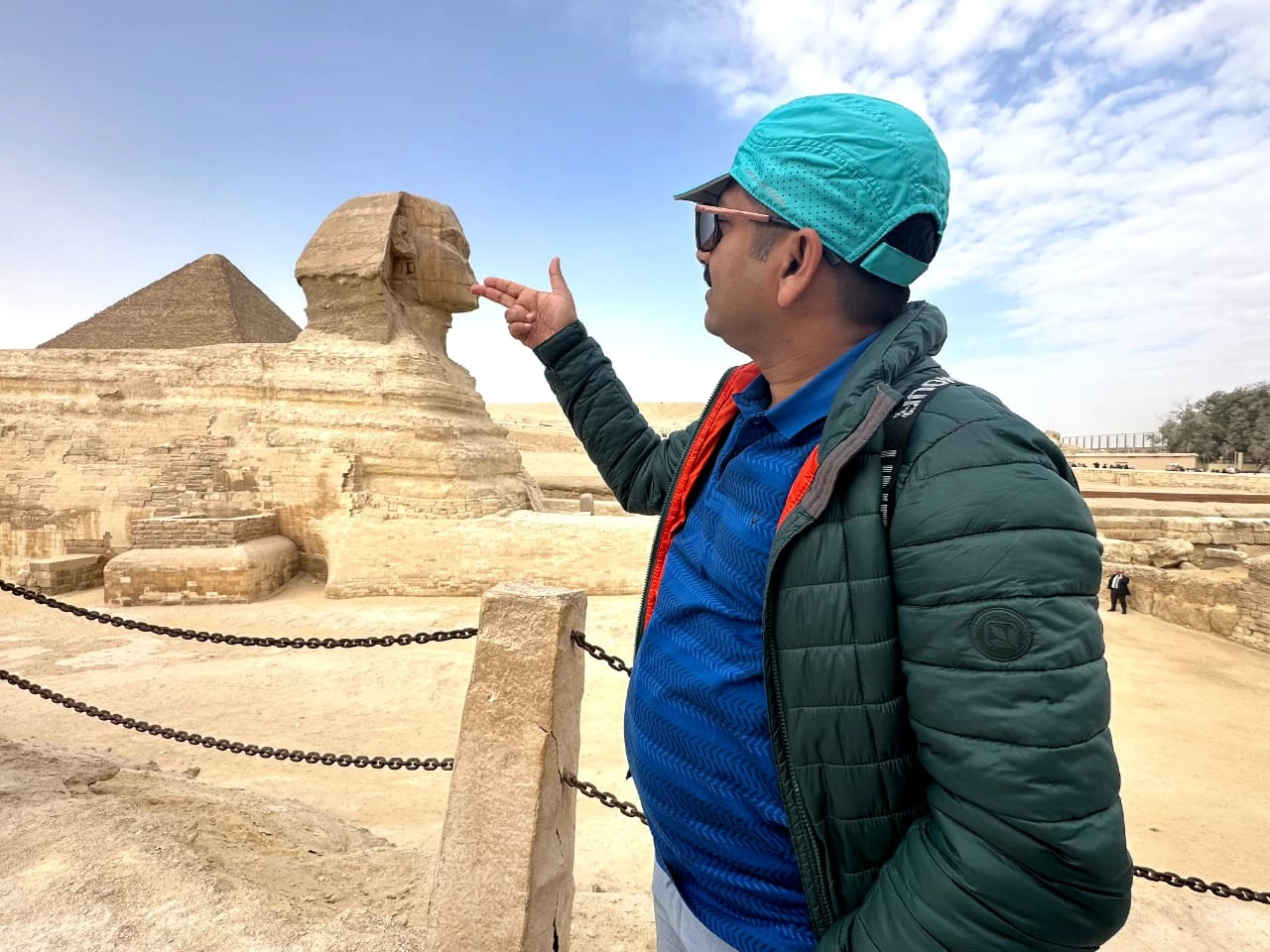
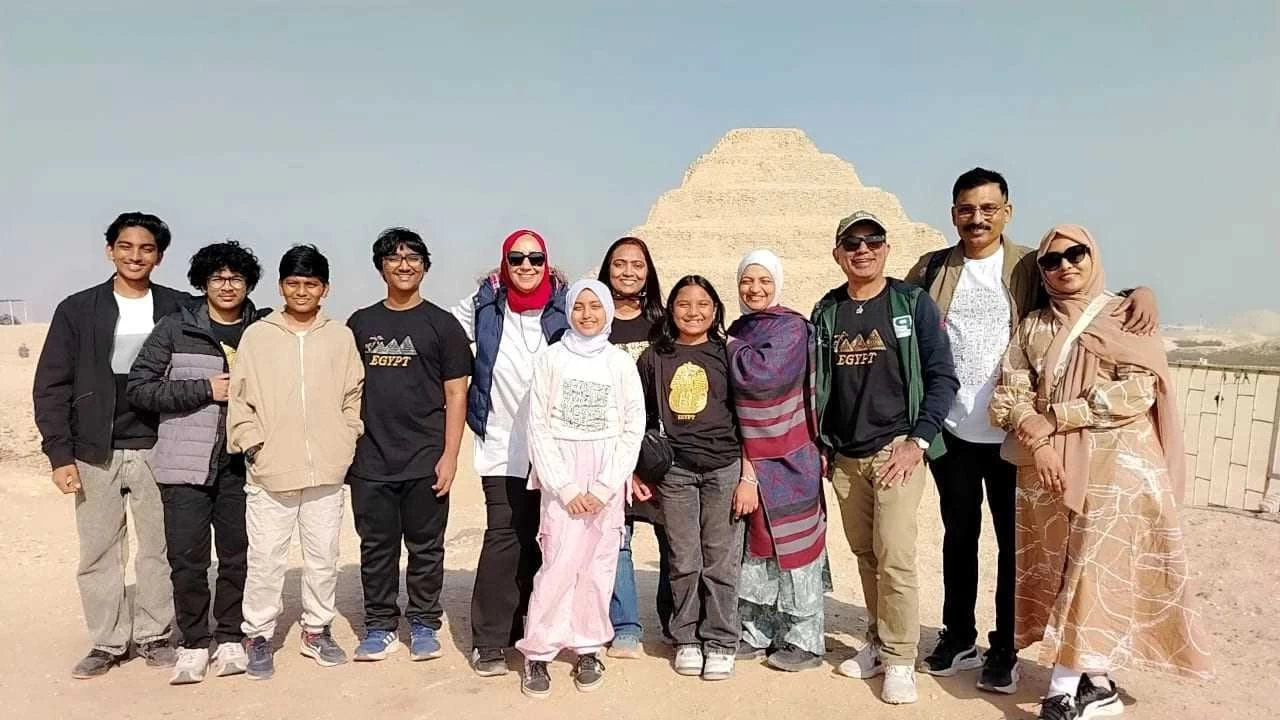
-webp.webp)
-webp.webp)
-webp.webp)
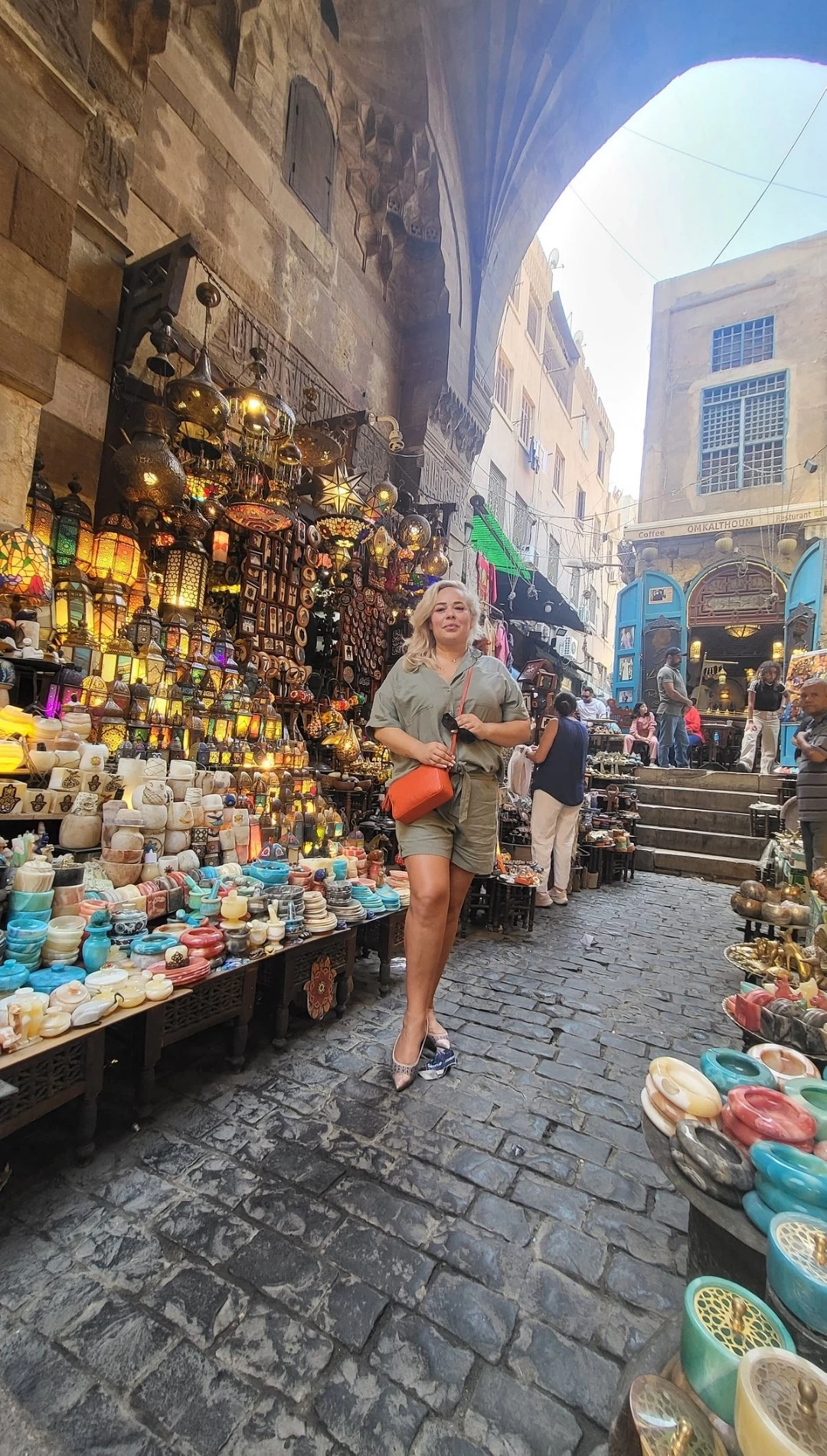
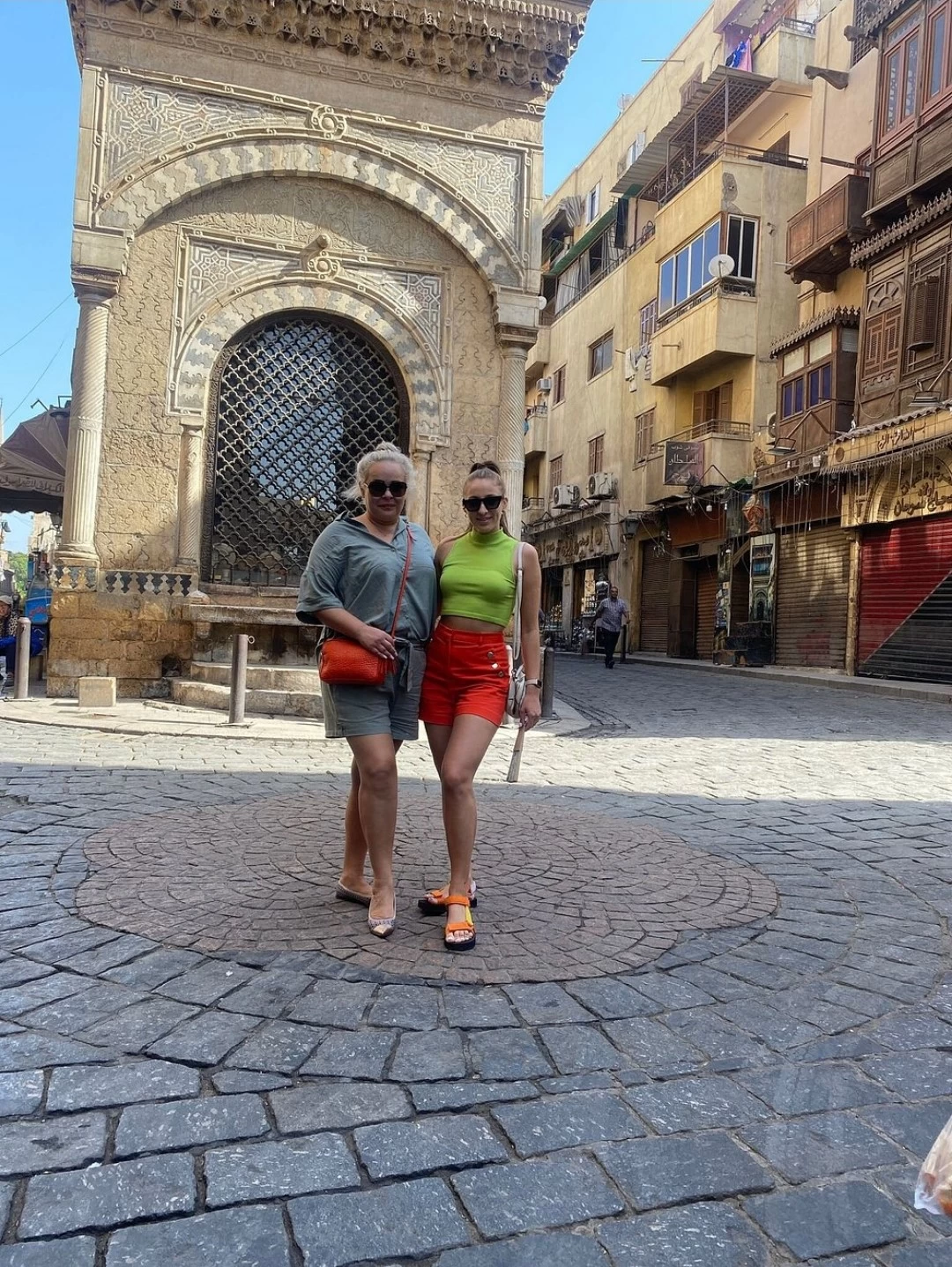

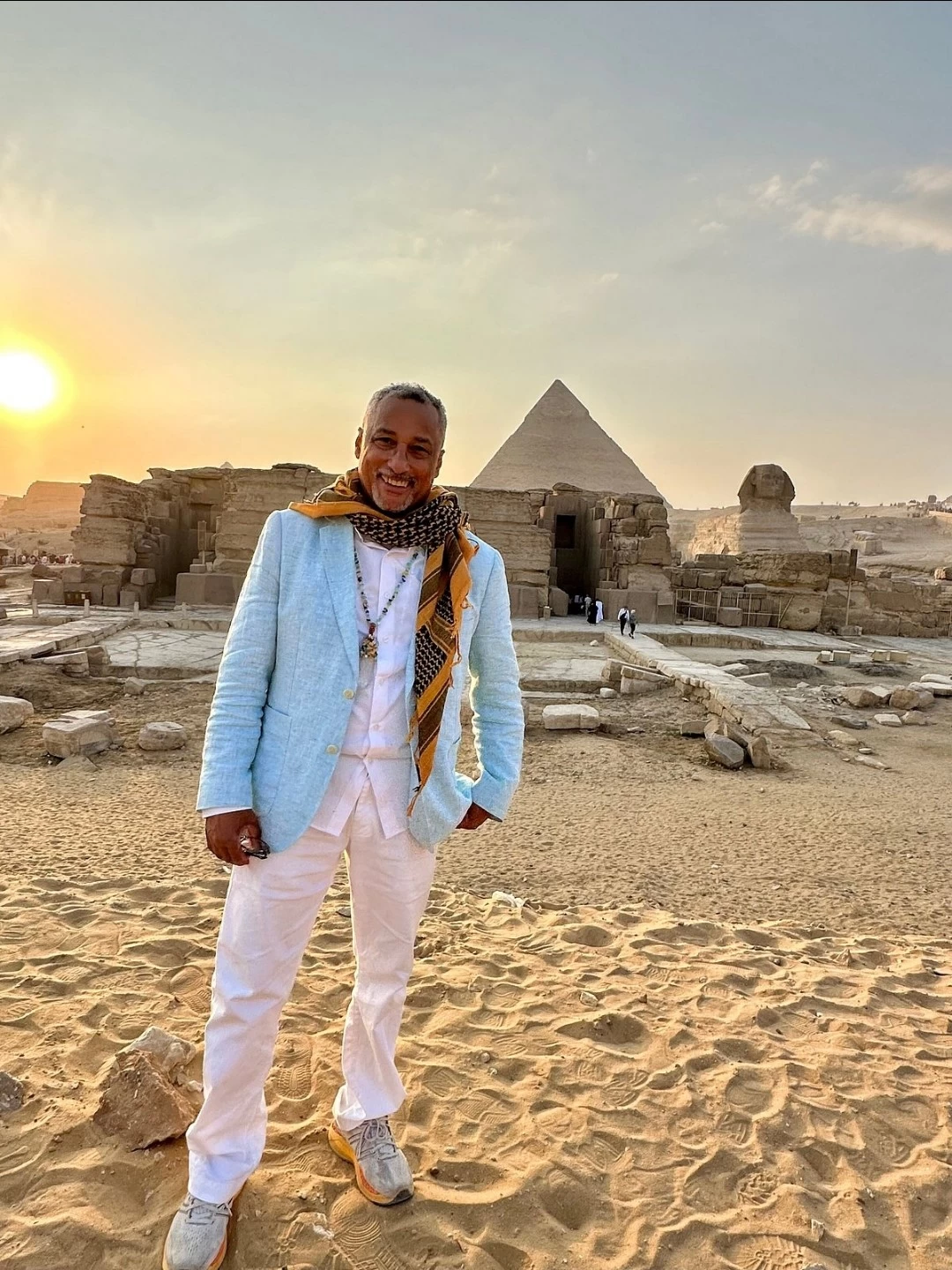
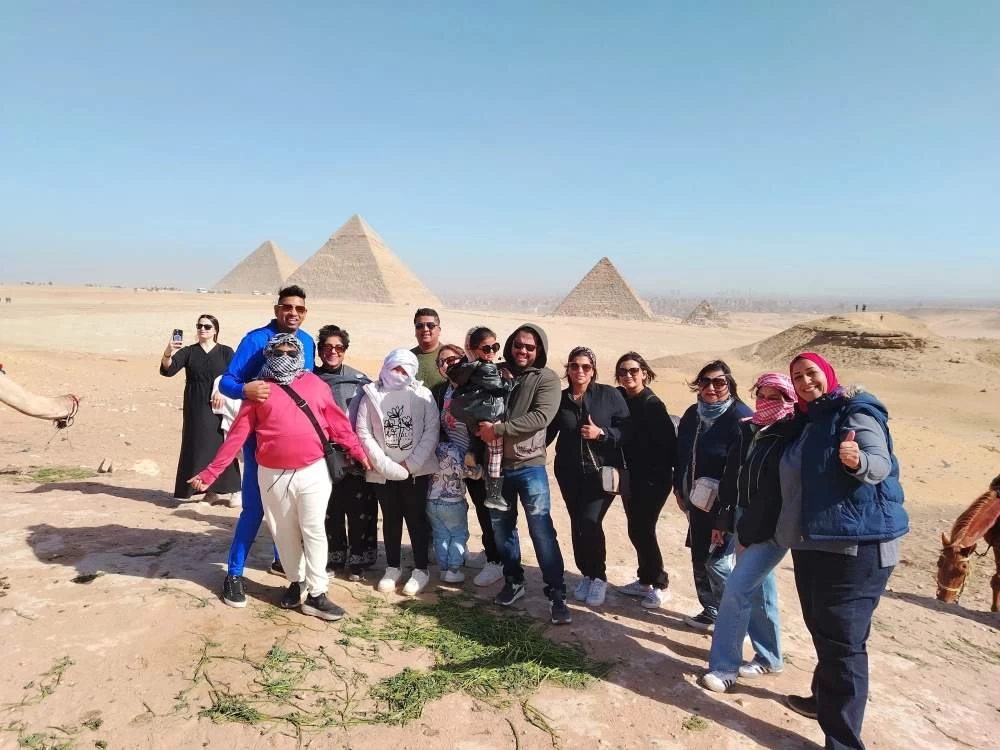
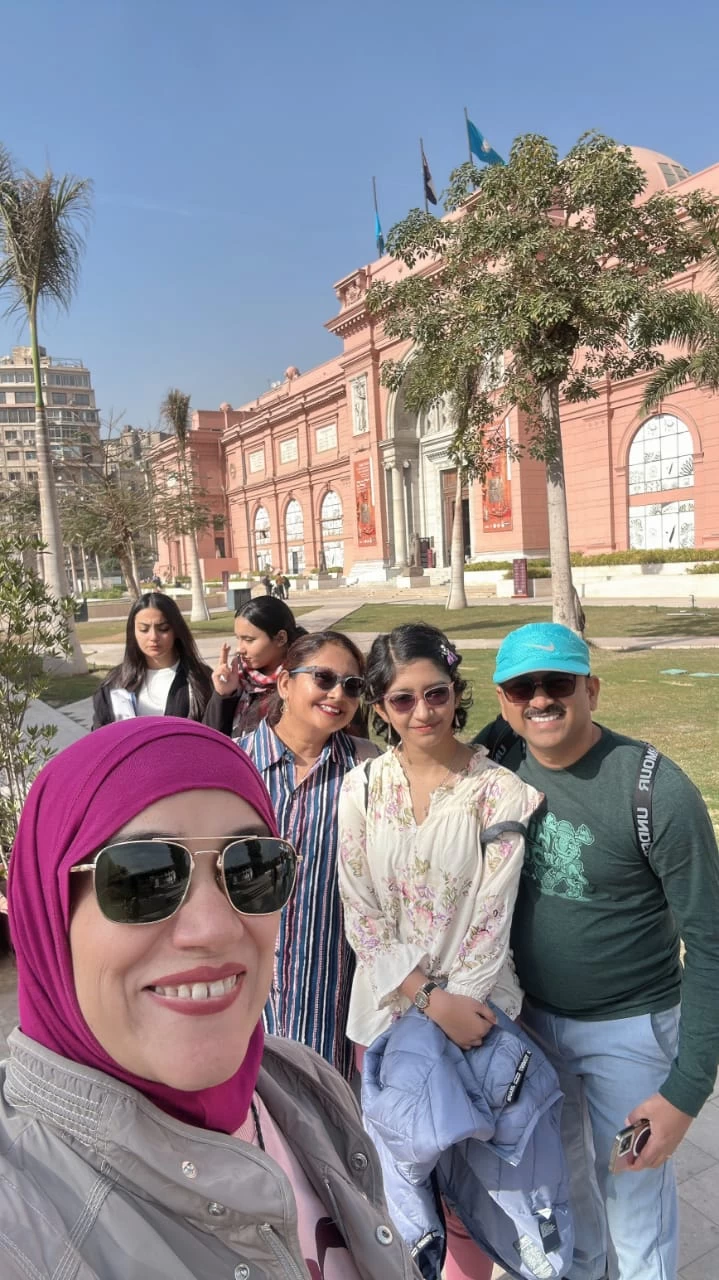
-webp.webp)
-webp.webp)
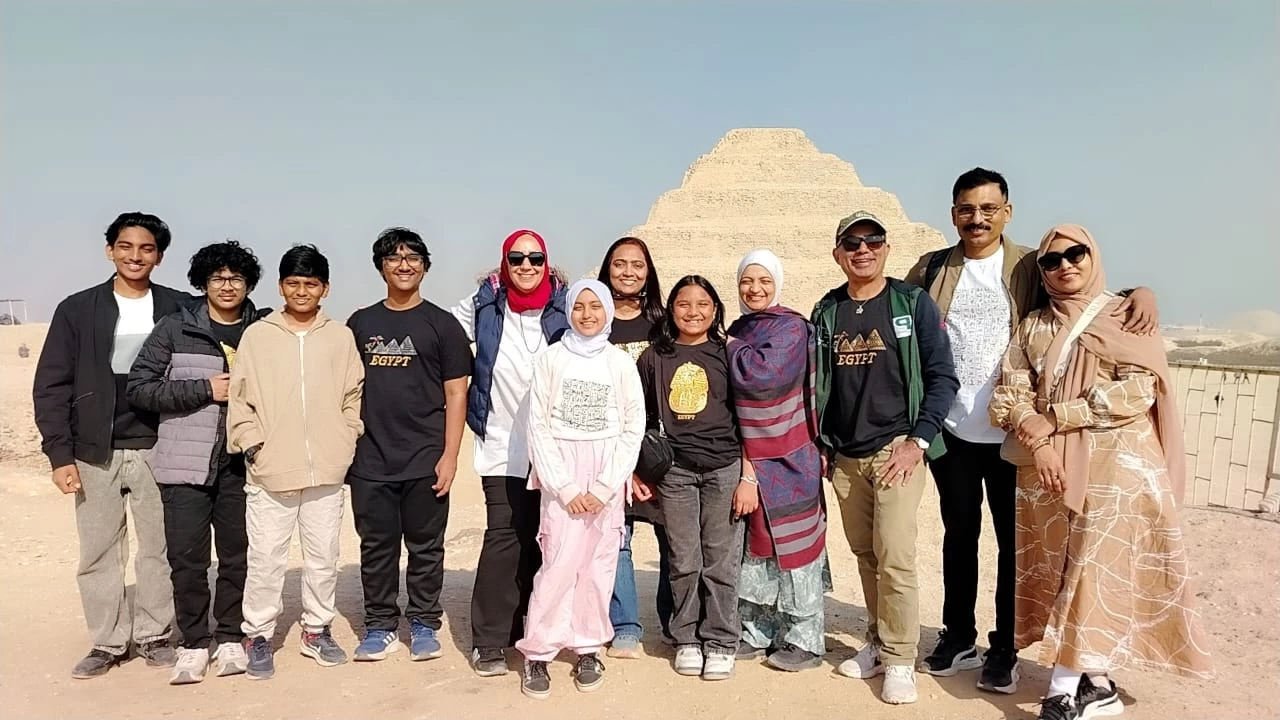
-webp.webp)
-webp.webp)
-webp.webp)
-webp.webp)
-webp.webp)
-webp.webp)
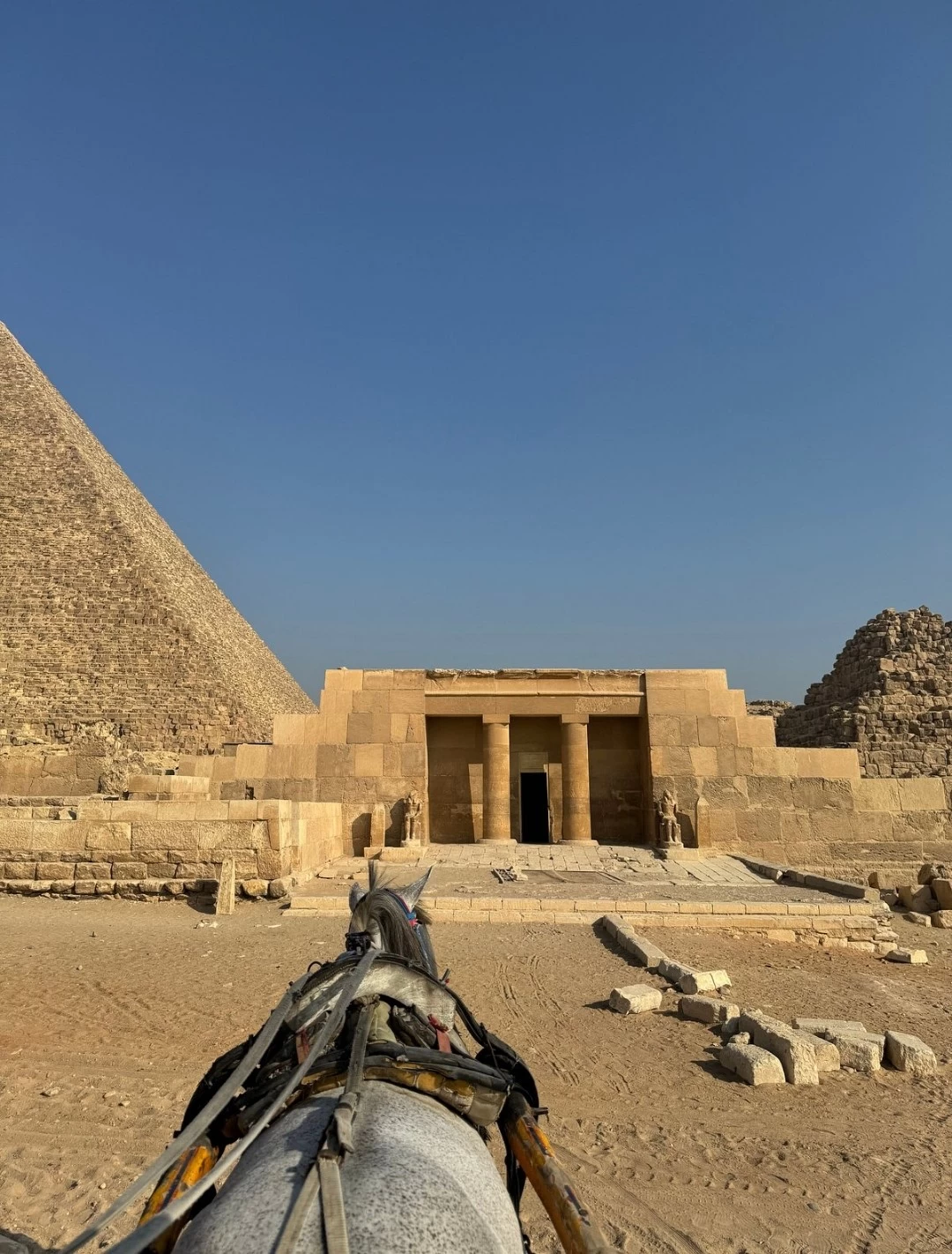
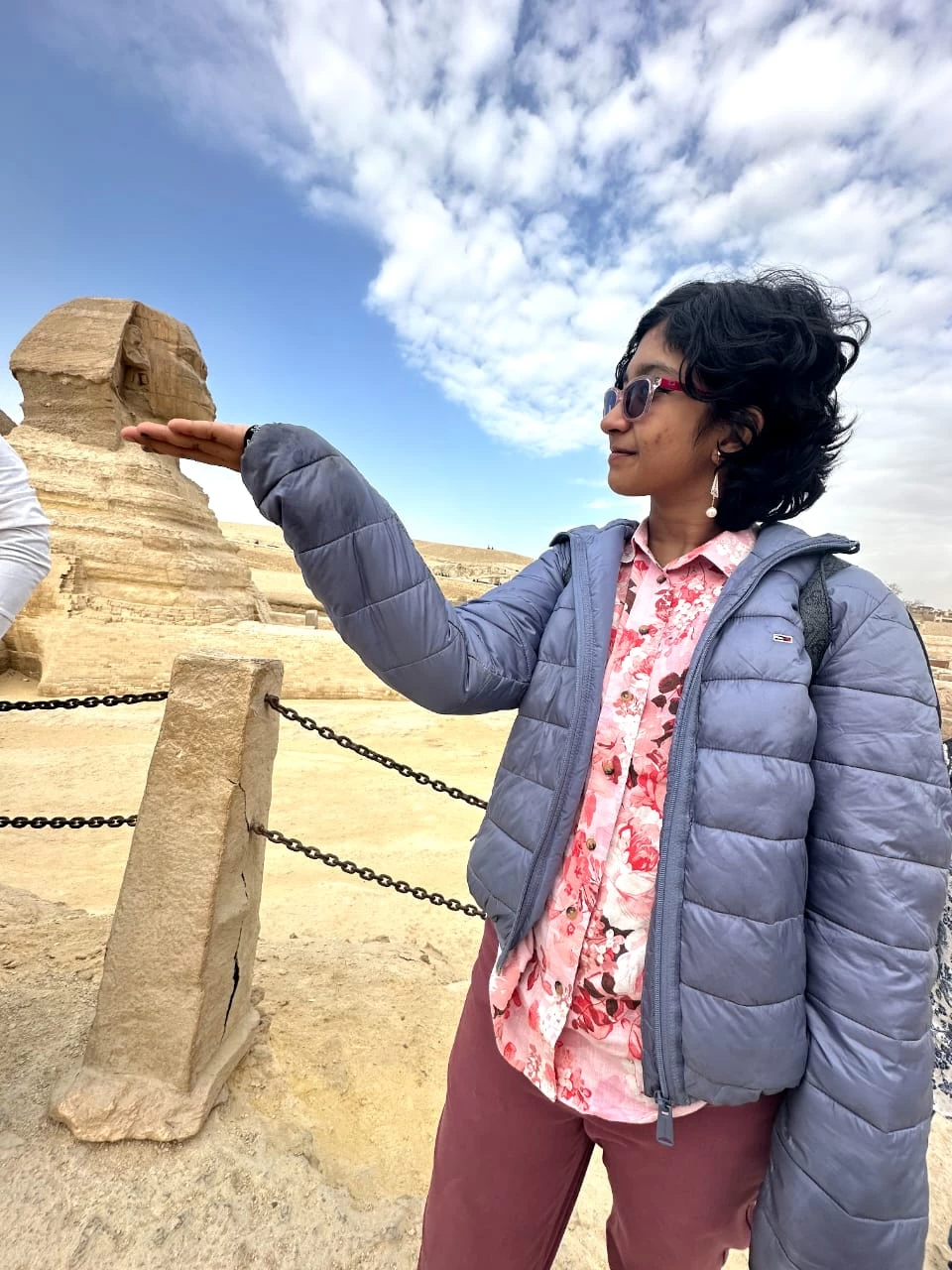
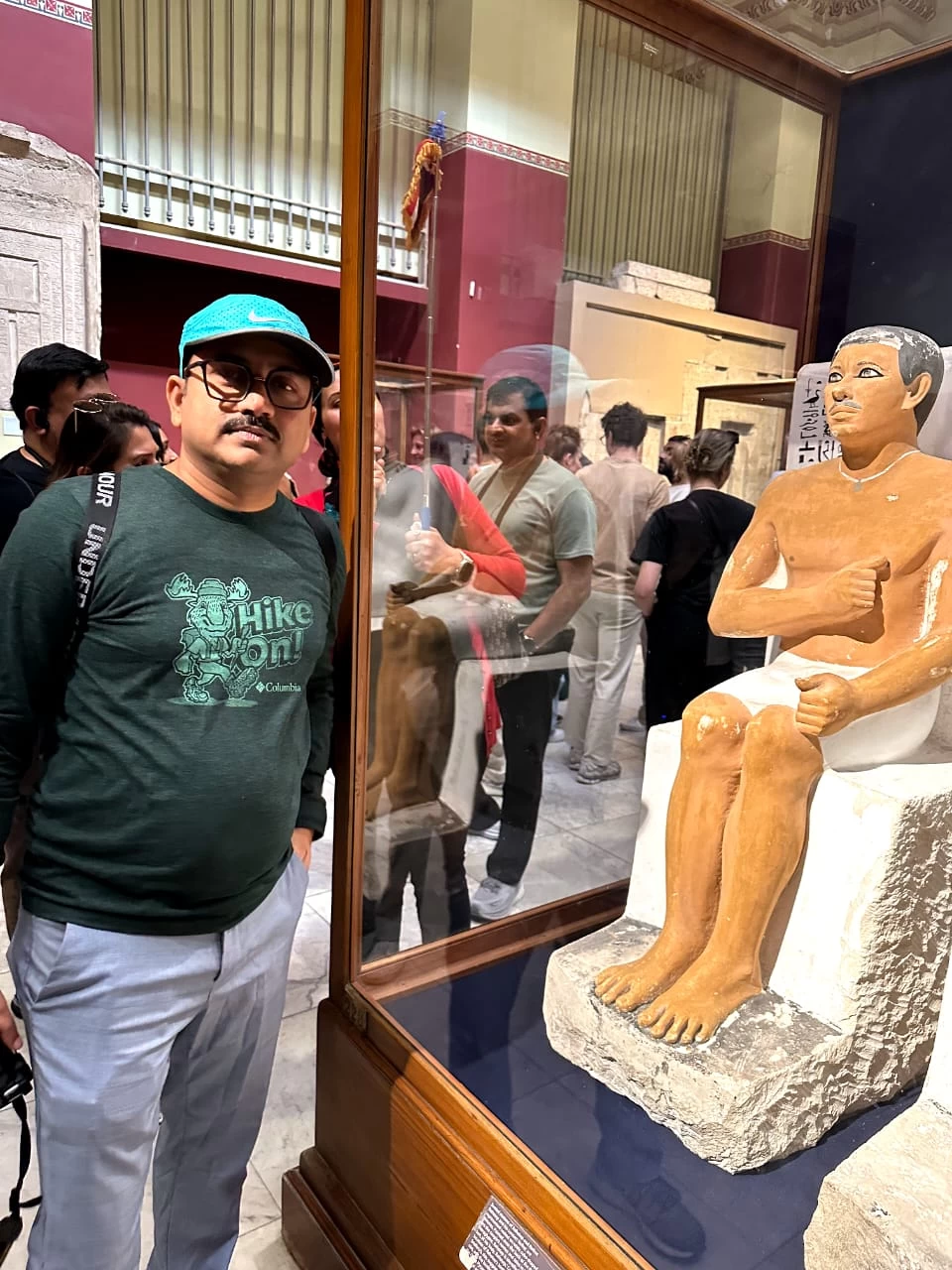
-webp.webp)
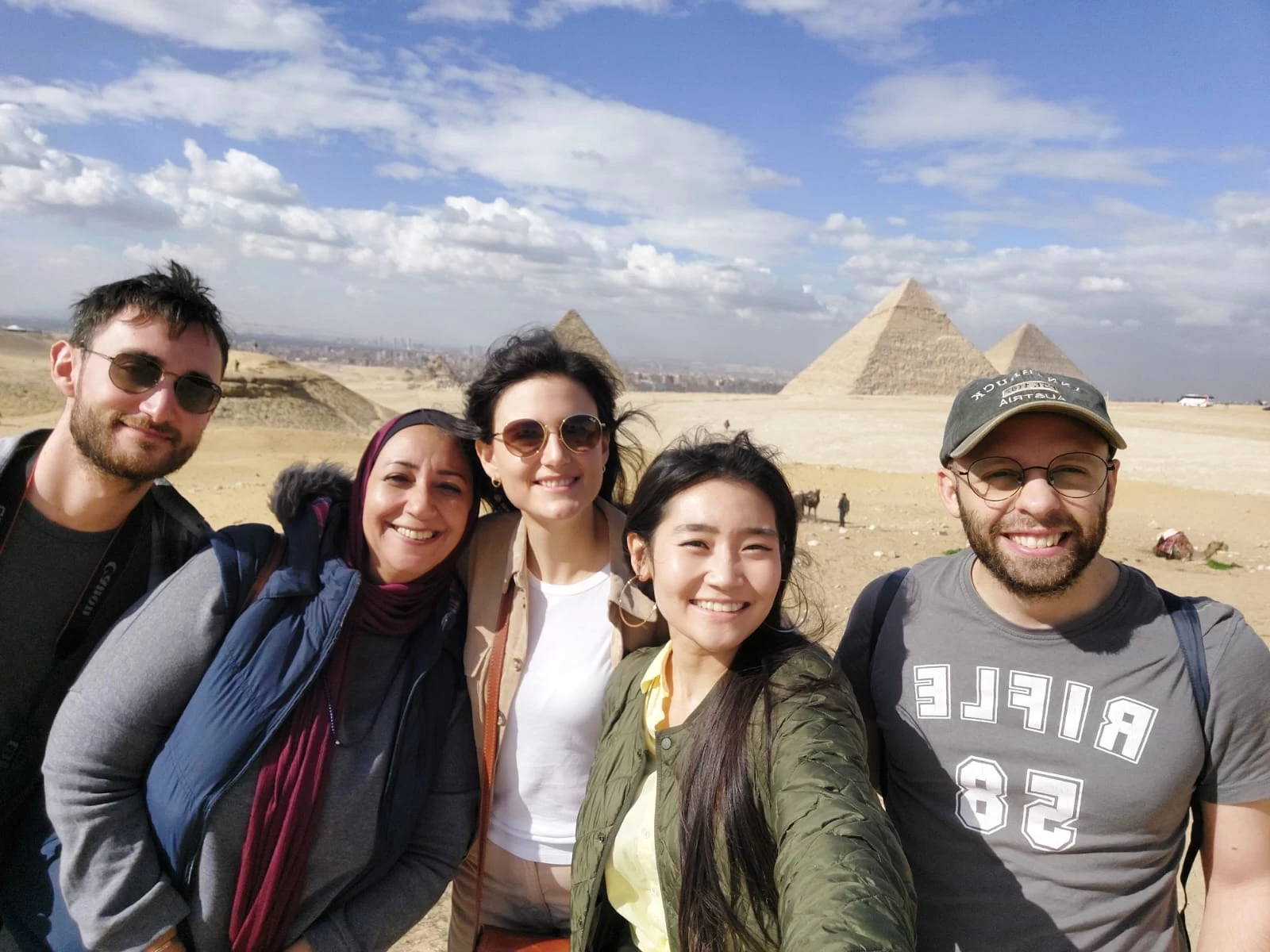
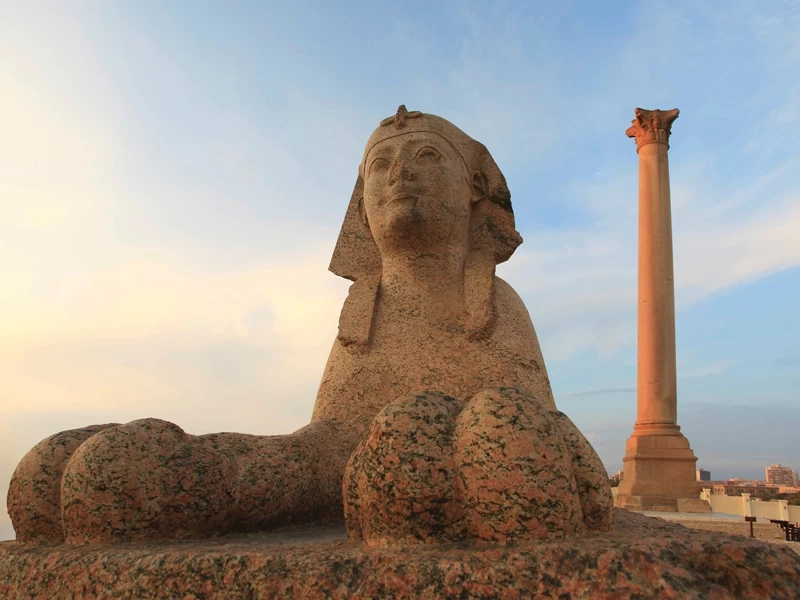
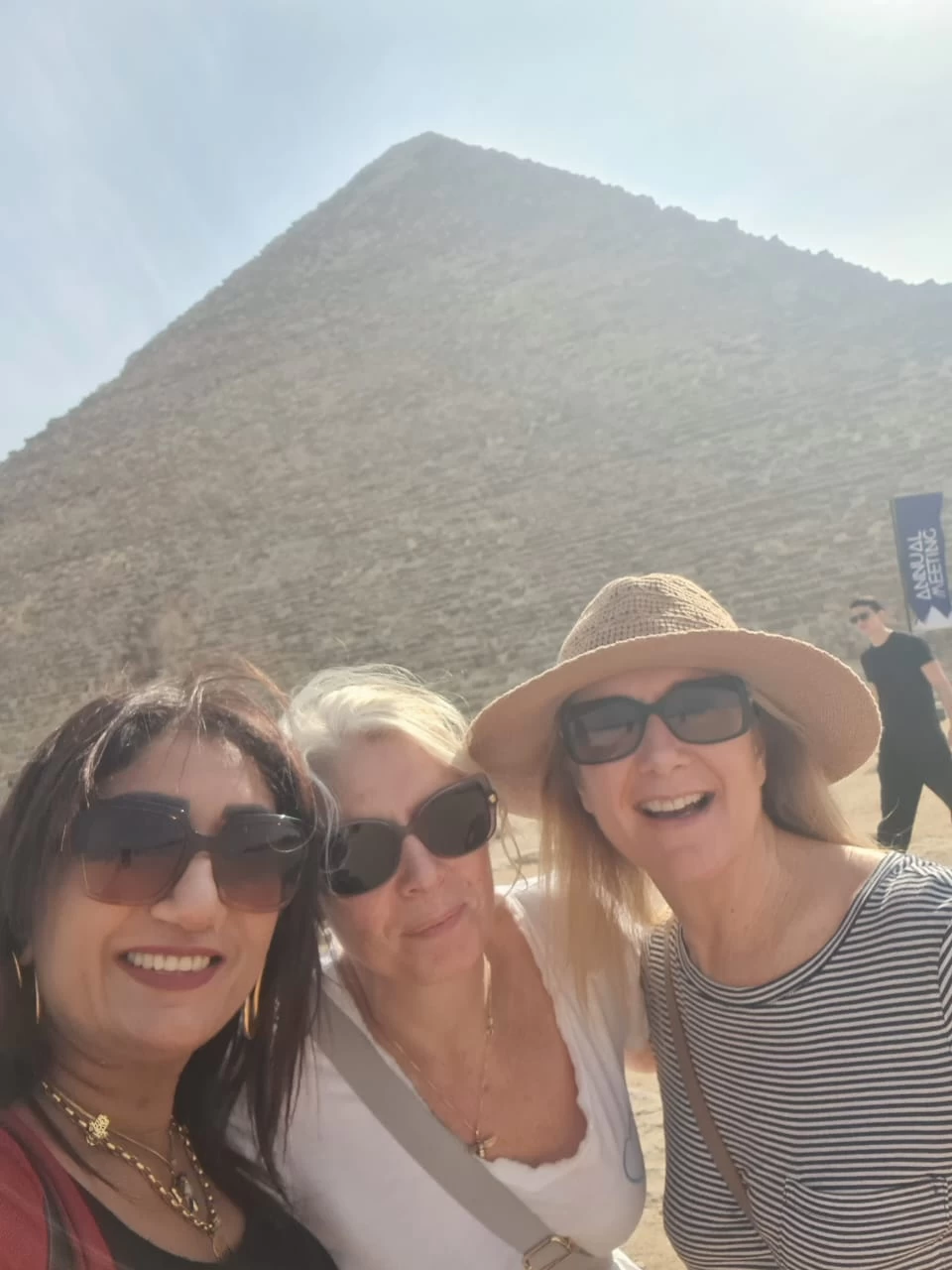


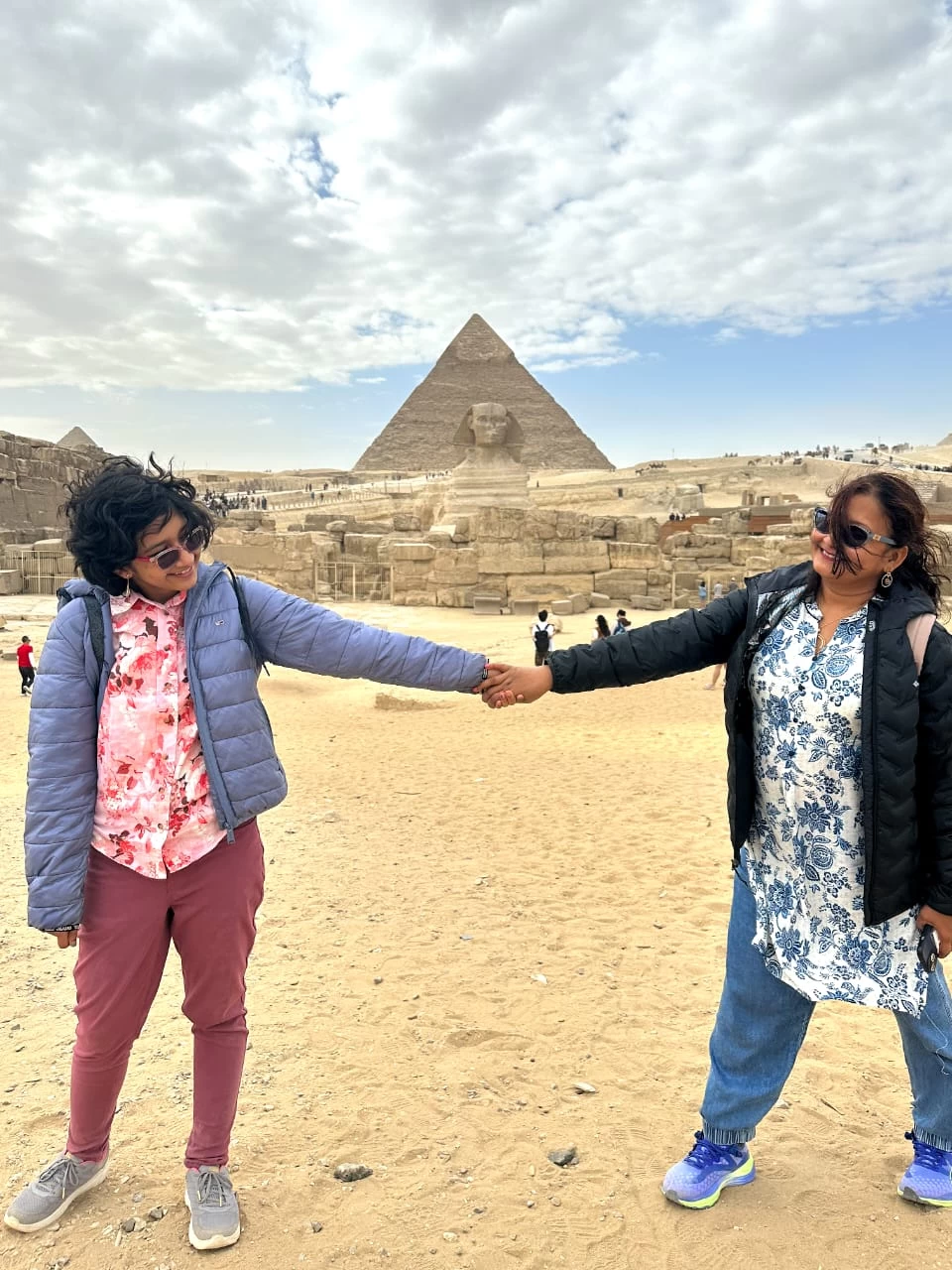
-webp.webp)
-webp.webp)







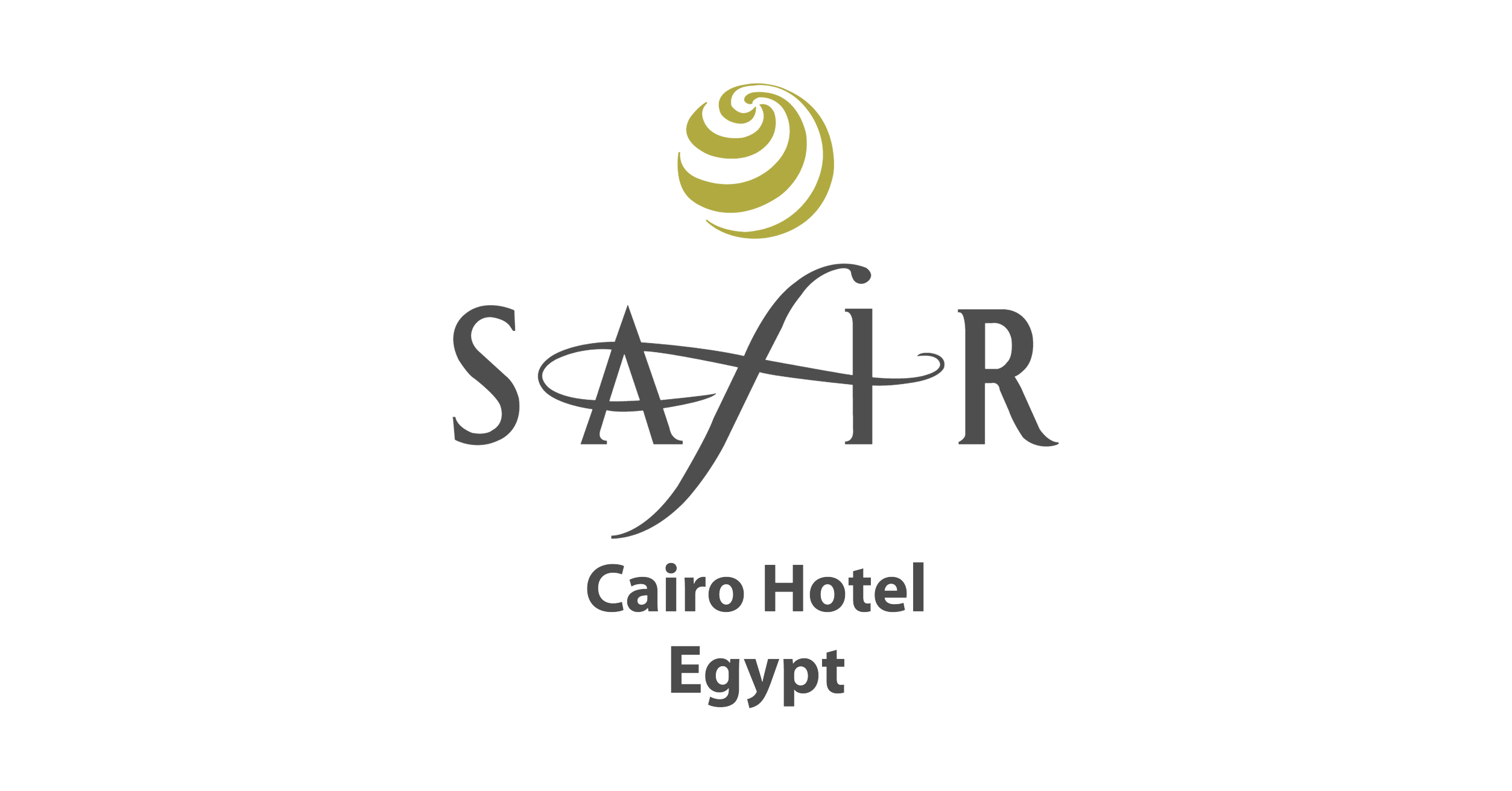


.png)

